Sun-soaked afternoons lose their luster the moment glare or drizzle drives everyone indoors—making a well-chosen deck roof the unsung hero of outdoor living. Thanks to lighter framing, smart controls, and eco-minded materials in 2025, today’s coverings can harvest energy, cool the air, or vanish on command while still extending daily comfort. Ready to transform exposed planks into an all-season haven? Below are twenty fresh deck roof ideas that marry style, resilience, and practical day-to-day value.
1. Classic Gable Deck Roof for Year-Round Shelter
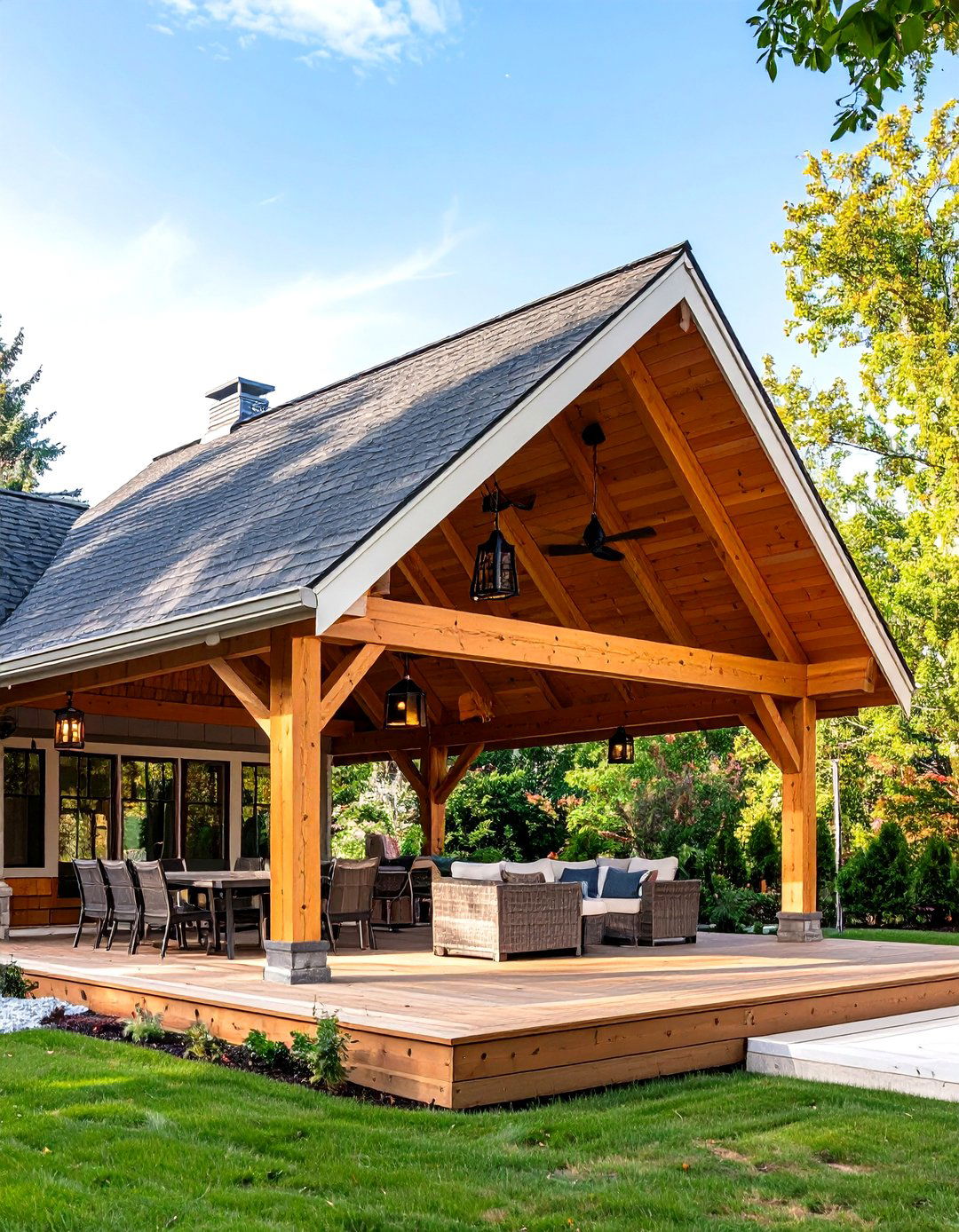
A thoughtfully framed gable deck roof brings the comfort of indoor architecture outdoors, making your seating area feel like a true room. The pitched design sheds rain and snow effortlessly, while the airy triangular ceiling leaves space for pendant lights, ceiling fans, or even infrared heaters. Match house shingles for seamless curb appeal or contrast with standing-seam metal for a crisp modern accent. Because loads transfer to just two beams, gables suit wider spans and provide generous headroom at the centerline. Finish with full-height screens beneath and you’ll enjoy a bug-free, four-season retreat that feels permanently welcoming.
2. Timber Pergola Deck Roof with Retractable Fabric
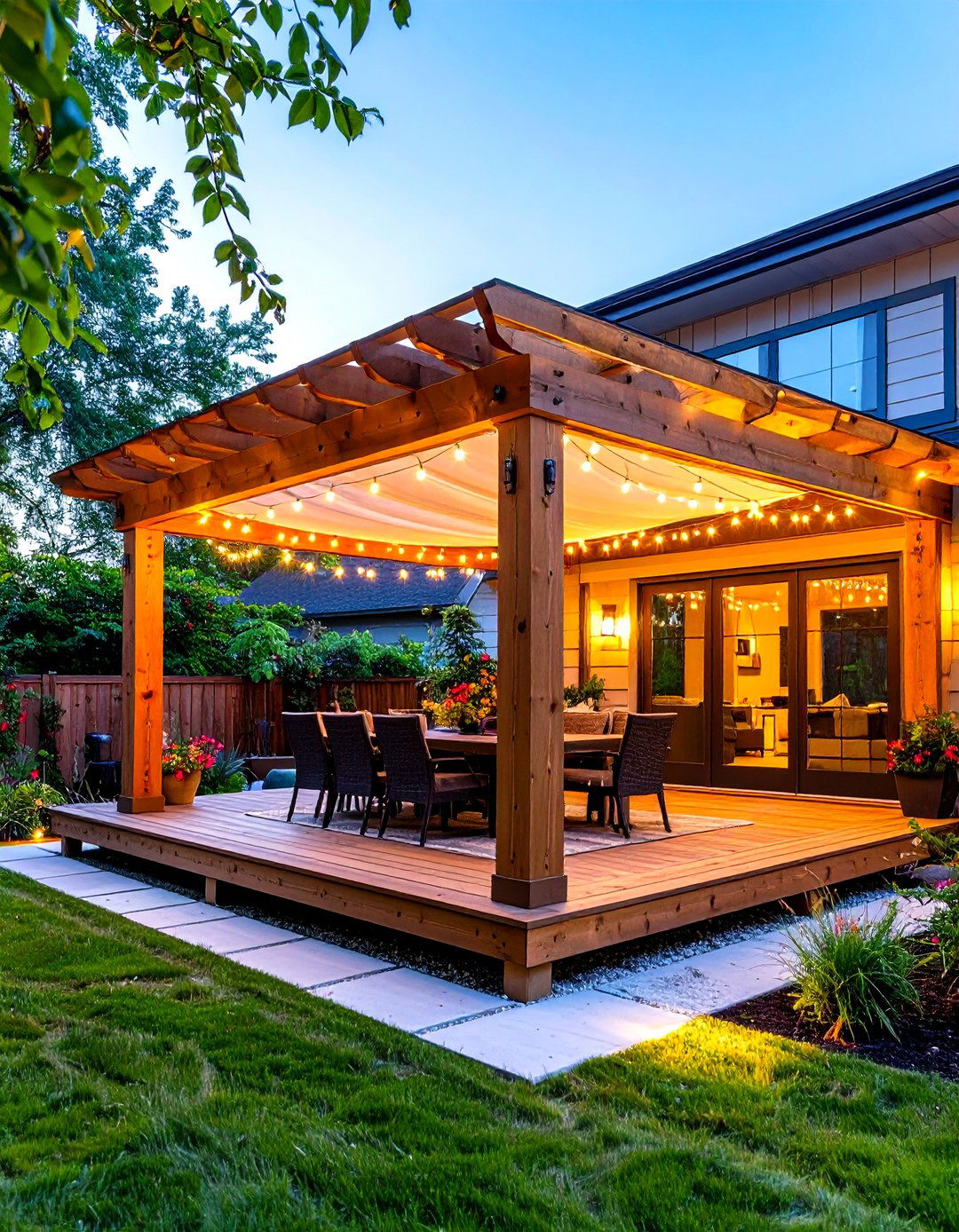
Few deck roof concepts feel as adaptable as a cedar pergola capped with a retractable canopy. Sturdy posts and cross-beams create a sculptural lattice that filters light even when the fabric is open, yet a quick tug—or motorized command—glides UV-blocking material into place for full shade. Leave the canopy furled on clear winter days to warm the deck or close it at the first hint of drizzle for cozy dinners. A breathable stain protects the timber from warping, and integrated tracks hide wiring for fairy lights, proving that comfort, flexibility, and timeless wood grain can coexist beautifully.
3. Smart Louvered Aluminum Deck Roof
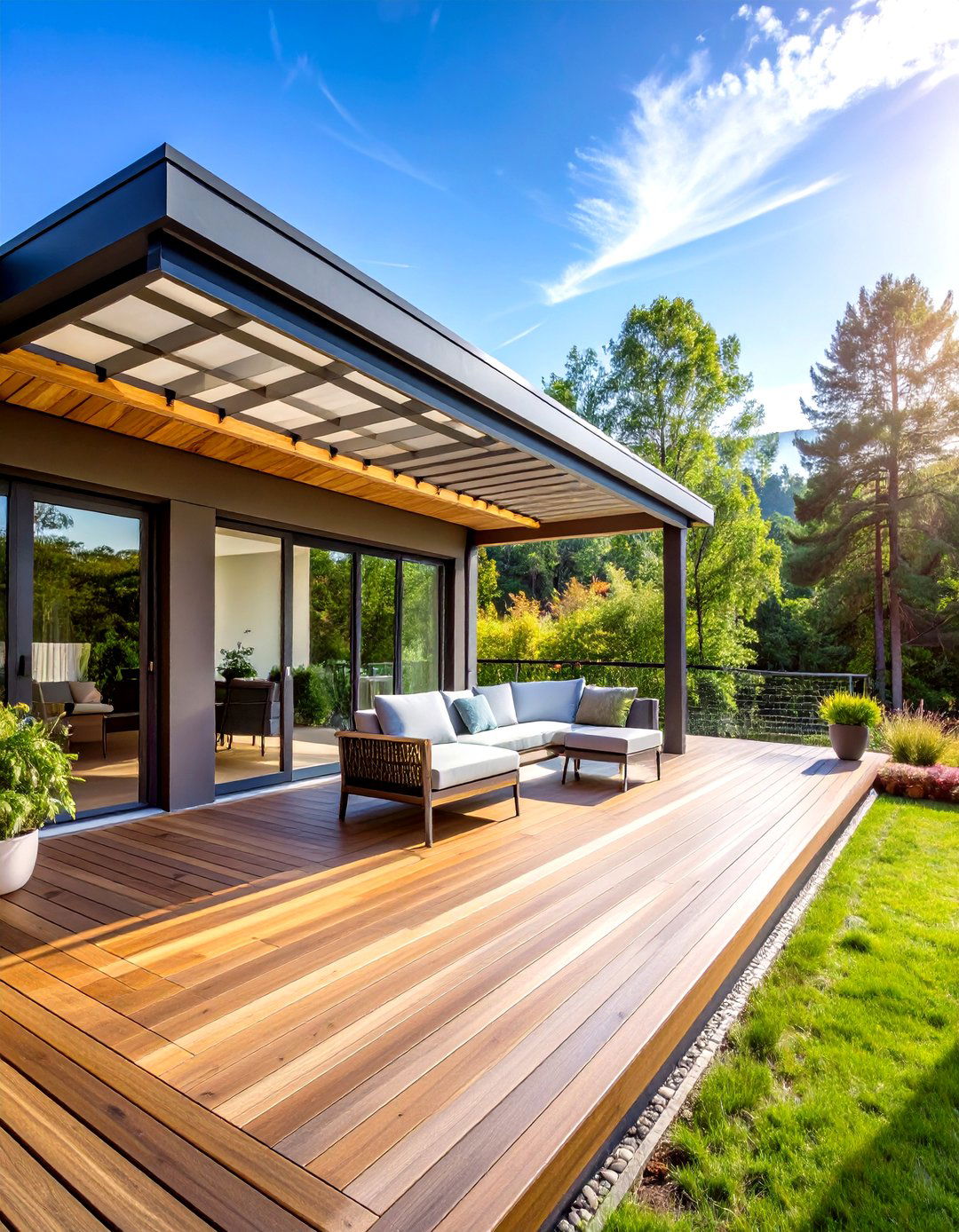
Unlike fixed roofs, a louvered aluminum deck roof rotates powder-coated blades from fully open to watertight at the tap of a phone, granting on-demand control over sunlight, ventilation, and rain protection. Modern systems conceal the motor inside the perimeter beam and sync with smart-home hubs, letting you automate blade angles by weather forecast or voice command. Optional LED strips, downspouts, and misting lines nest neatly within the frame, keeping lines sleek while adding comfort. Because extruded aluminum resists corrosion and needs only seasonal washing, the investment quickly pays off in low maintenance and extended deck enjoyment.
4. Clear Polycarbonate Panel Deck Roof
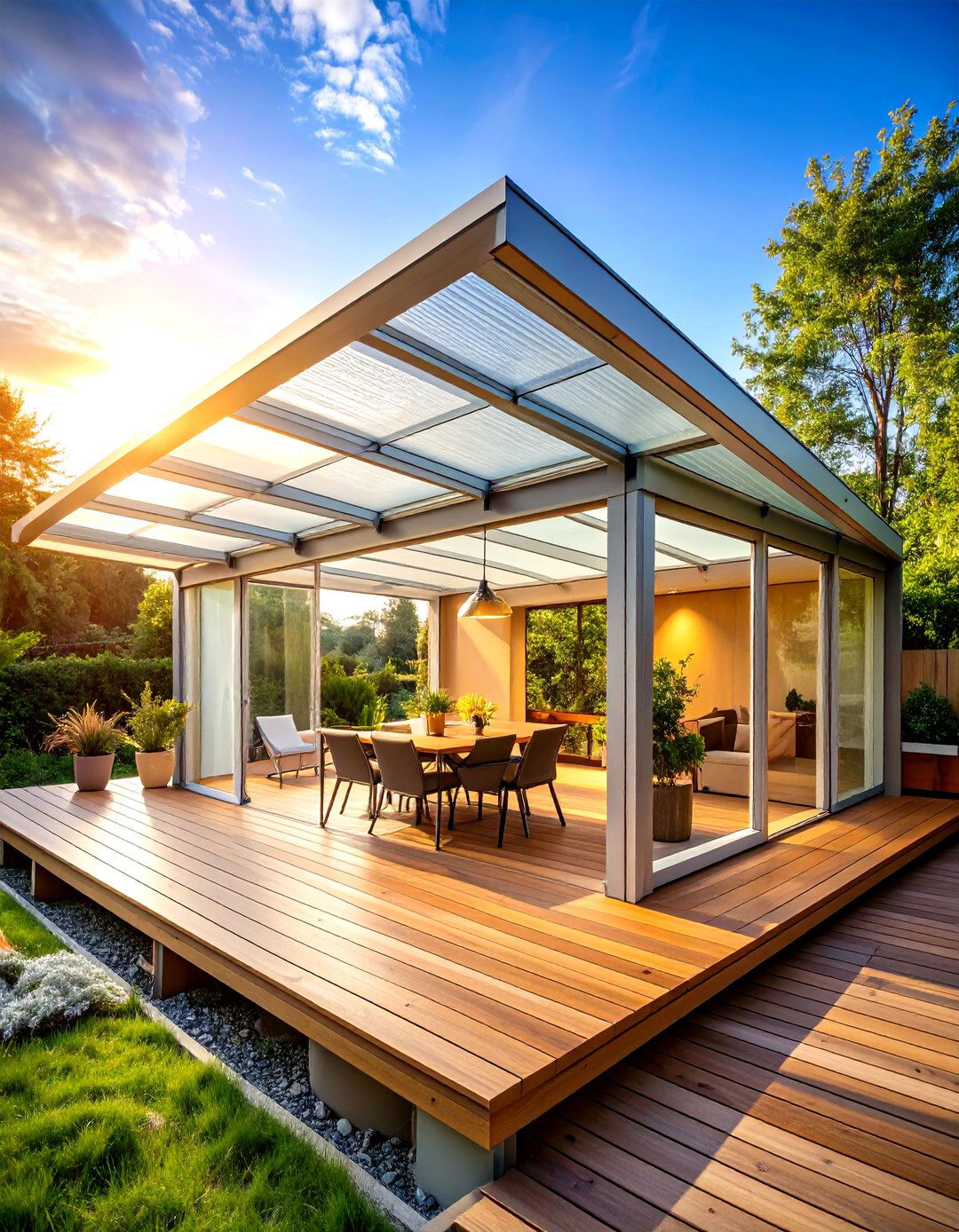
As research shows, multi-wall polycarbonate panels weigh a fraction of glass yet block nearly all UV radiation, making them a bright, safe choice for a transparent deck roof. Sheets snap into lightweight aluminum rafters—even curving if you fancy an arch—and come in subtle tints that soften harsh glare without dimming the space. The material’s high impact resistance shrugs off hail, and condensation-control coatings keep drips away from furniture. Homeowners in colder zones appreciate how the hollow flutes trap insulating air, slightly warming the deck on sunny winter days. A simple soap-and-water rinse each spring restores crystal clarity.
5. Energy-Generating Solar Pergola Deck Roof
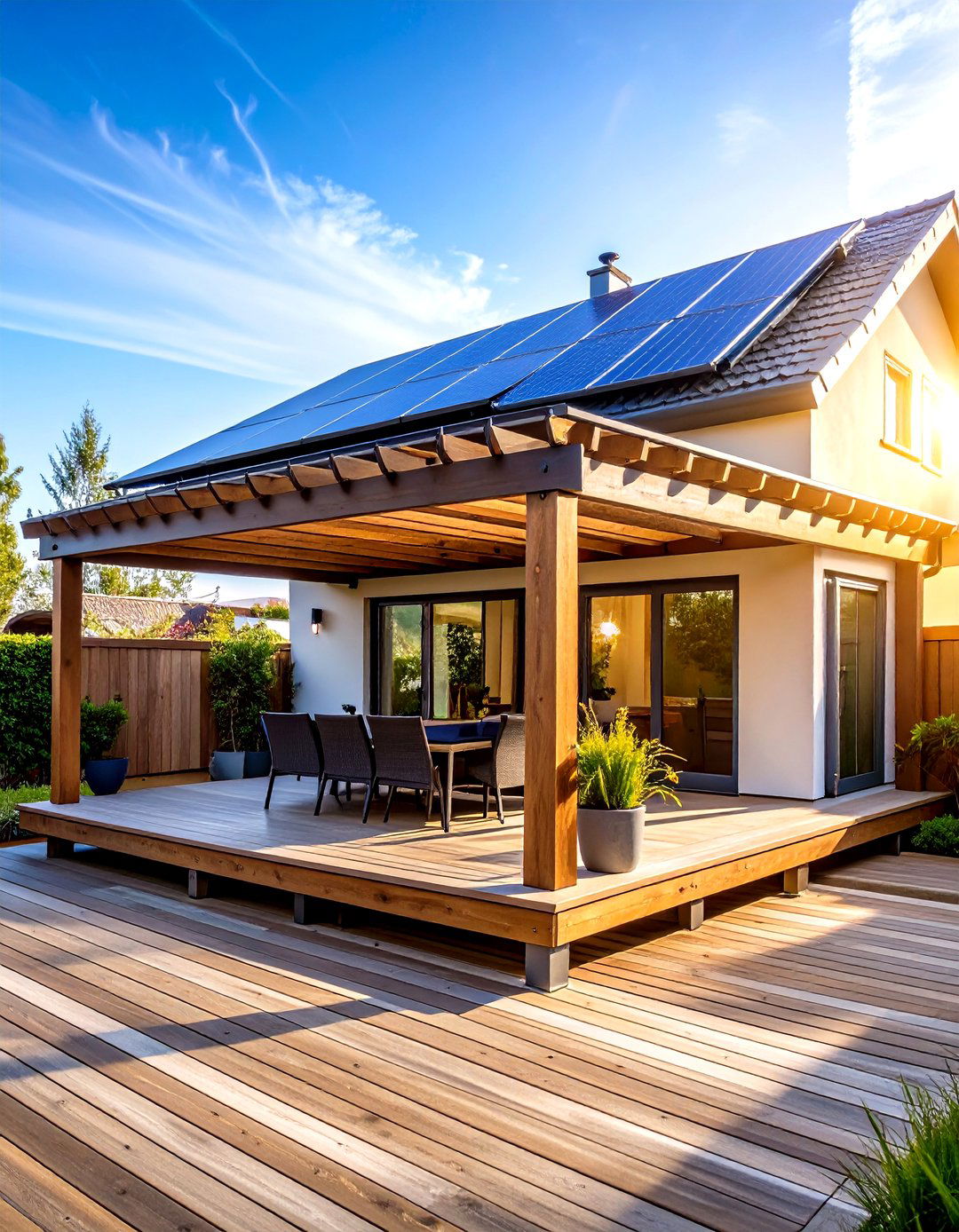
Consider turning overhead shade into a miniature power plant by topping a robust pergola with bifacial photovoltaic panels. This solar deck roof produces electricity for lights, fans, or the home’s grid tie-in while casting mesmerizing dappled patterns below. Frameless modules route wiring through hidden raceways, so the underside stays visually clean. Pair the array with a battery to run string lights long after sunset, enhancing off-grid gatherings. Local incentives often offset installation costs, and monitoring apps reveal exactly how much carbon your deck roof is saving each day—adding an eco-proud metric to outdoor relaxation.
6. Living Green Deck Roof for Cooling
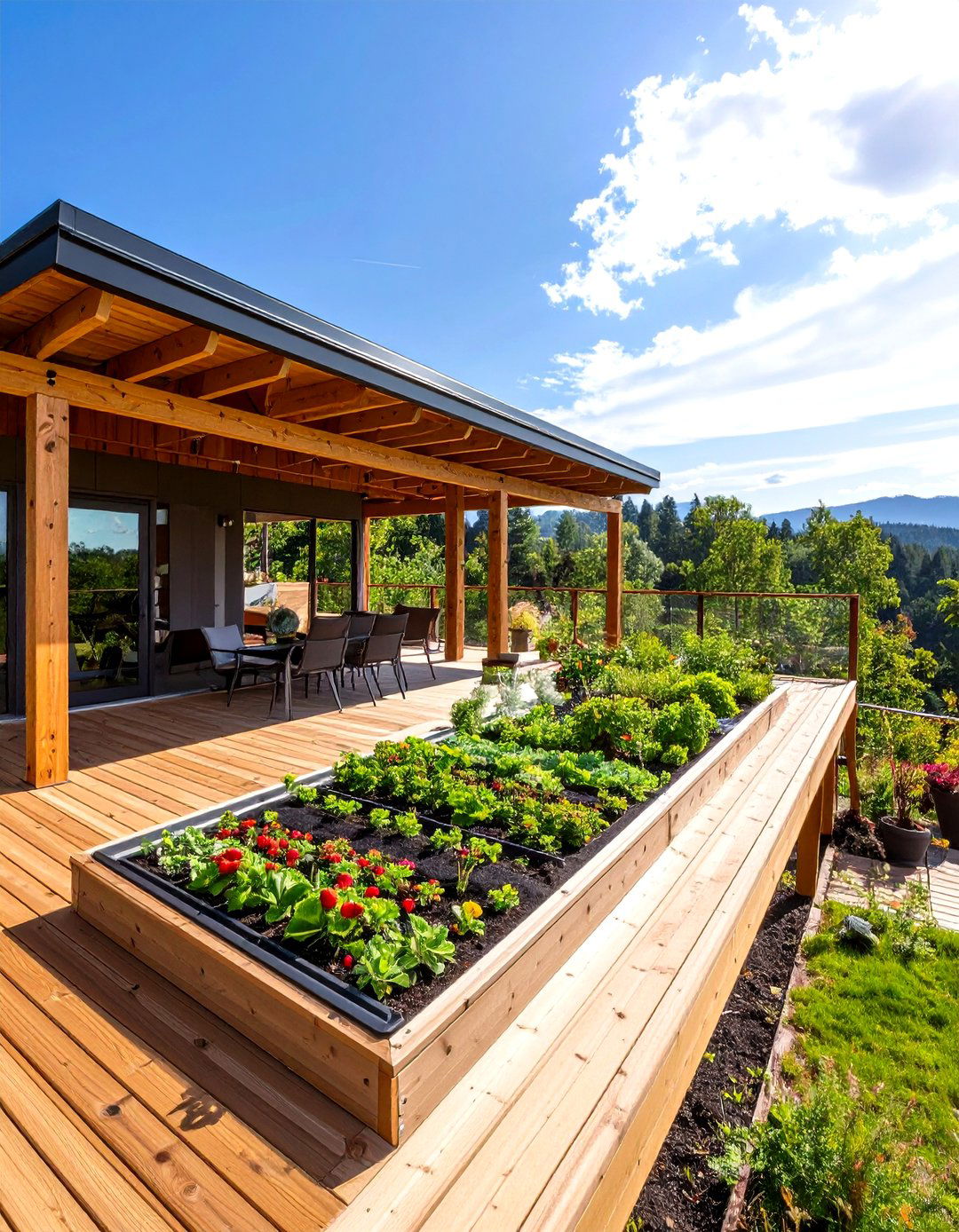
Bringing plants overhead converts a simple deck roof into a living canopy that chills the air naturally and mutes neighborhood noise. Modular trays support lightweight soil, drought-tolerant sedums, or trailing strawberries, while a waterproof membrane and root barrier protect the structure below. Vegetation absorbs sun that would otherwise bake planks, dropping deck temperatures by several degrees in midsummer. During storms, the green layer slows runoff and curbs splash. Upkeep is surprisingly light: seasonal trimming, slow-release fertilizer, and a quick drain check keep growth healthy. With pollinator-friendly blooms buzzing above, the deck becomes a genuine backyard sanctuary.
7. Sail Shade Deck Roof for Budget Flexibility
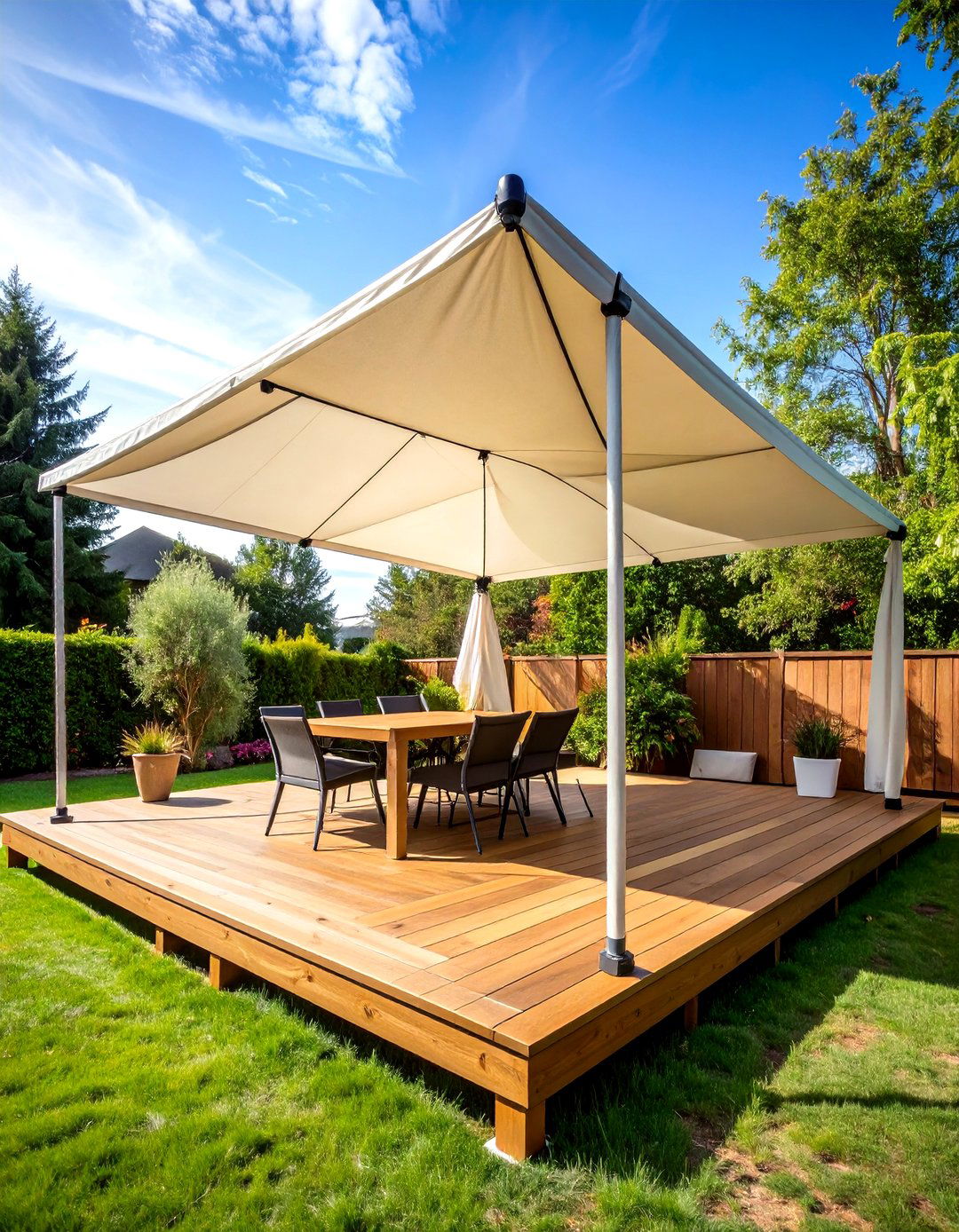
What if you could install a deck roof in an afternoon and store it before winter snow? A tensioned sail shade delivers that freedom. Triangle or rectangle HDPE sails cost far less than fixed roofs and need only sturdy anchor points—house framing, steel posts, or mature trees—to create dramatic sculptural shade. Because the fabric is porous, it won’t billow in gusts yet blocks up to 95 percent of UV. Online discussions praise the affordability and modular nature, though they advise strategic post placement to avoid winter eyesores. A quick seasonal power-wash keeps the canopy looking vibrant year after year.
8. Laminated Glass Deck Roof for Sky Views
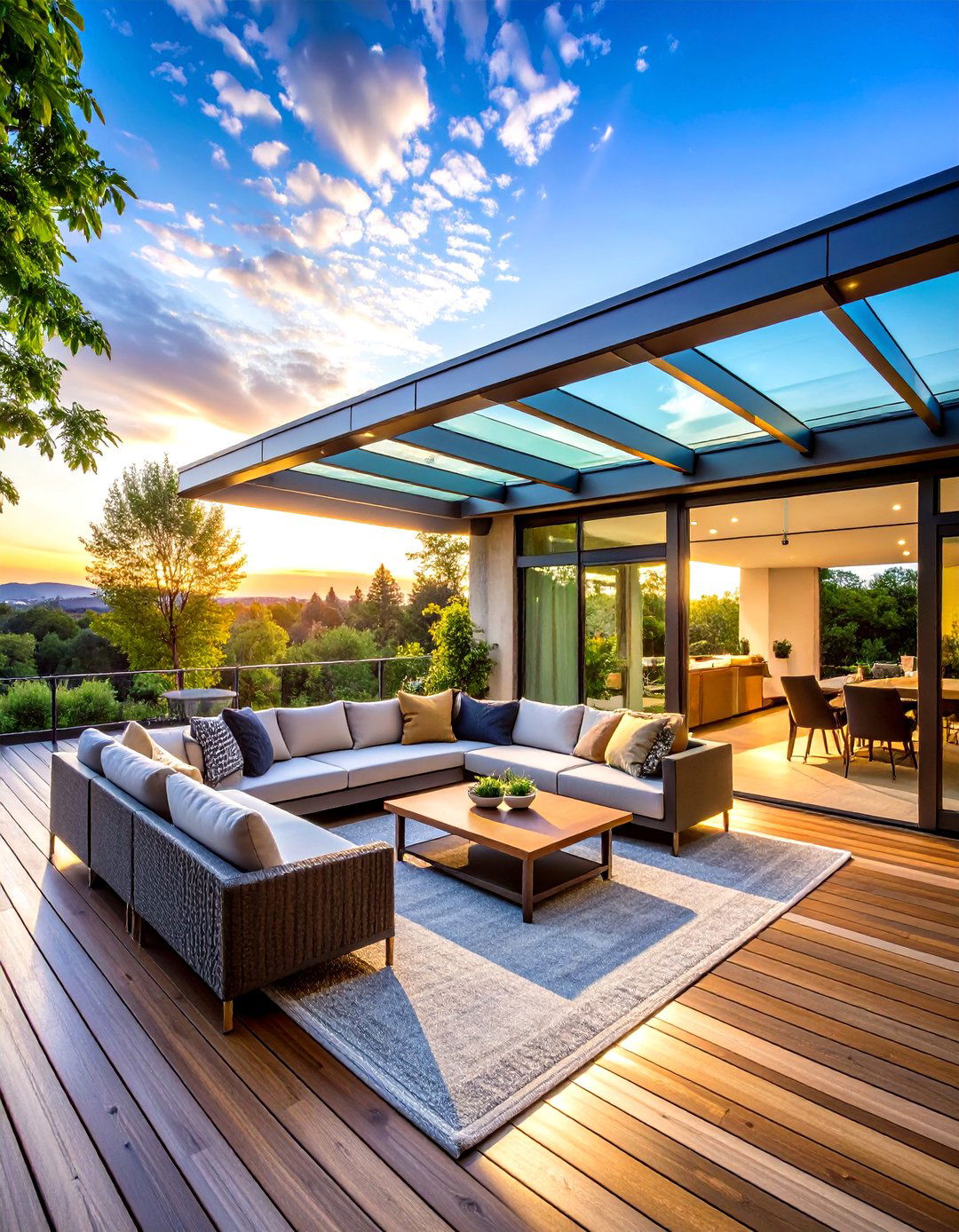
Those who crave an unbroken view of drifting clouds can install a laminated glass deck roof that couples architectural drama with proven safety. Multiple panes bonded by PVB interlayers remain intact even if cracked, preventing dangerous shards and blocking most UV. Clear structural silicone seals each panel to slender steel or aluminum rafters, preserving sightlines. Low-emissivity coatings bounce heat outward in summer yet trap warmth on cool evenings. Routine cleaning with a telescopic squeegee keeps brilliance high, and optional frit patterns help diffuse glare without sacrificing that coveted skyward panorama the design celebrates.
9. Standing Seam Metal Deck Roof for Extreme Durability
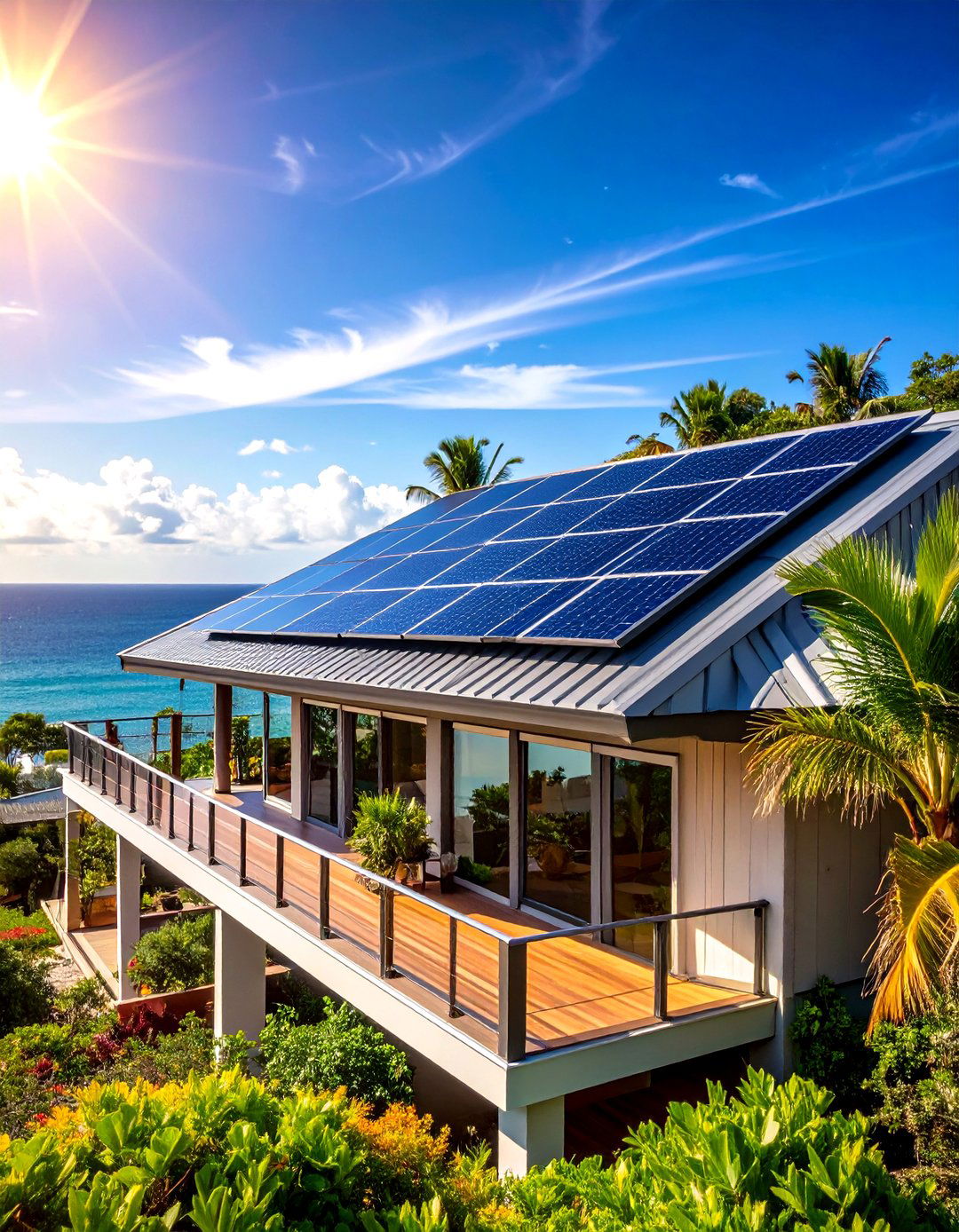
By channeling precipitation into concealed ribs, a standing seam metal deck roof shrugs off decades of storms without a single exposed fastener to loosen. Aluminum and zinc coatings resist coastal salt spray, while modern finishes mimic everything from matte charcoal to weathered copper, aligning easily with emerging color trends. Though upfront costs surpass asphalt, the 50-year lifespan and recyclability offer long-term savings and eco credibility. Installers can add thin-film solar strips between seams or snow guards in mountain climates. A yearly rinse and quick check of washers keep performance flawless through countless seasons outdoors.
10. Insulated Panel Deck Roof to Beat the Heat
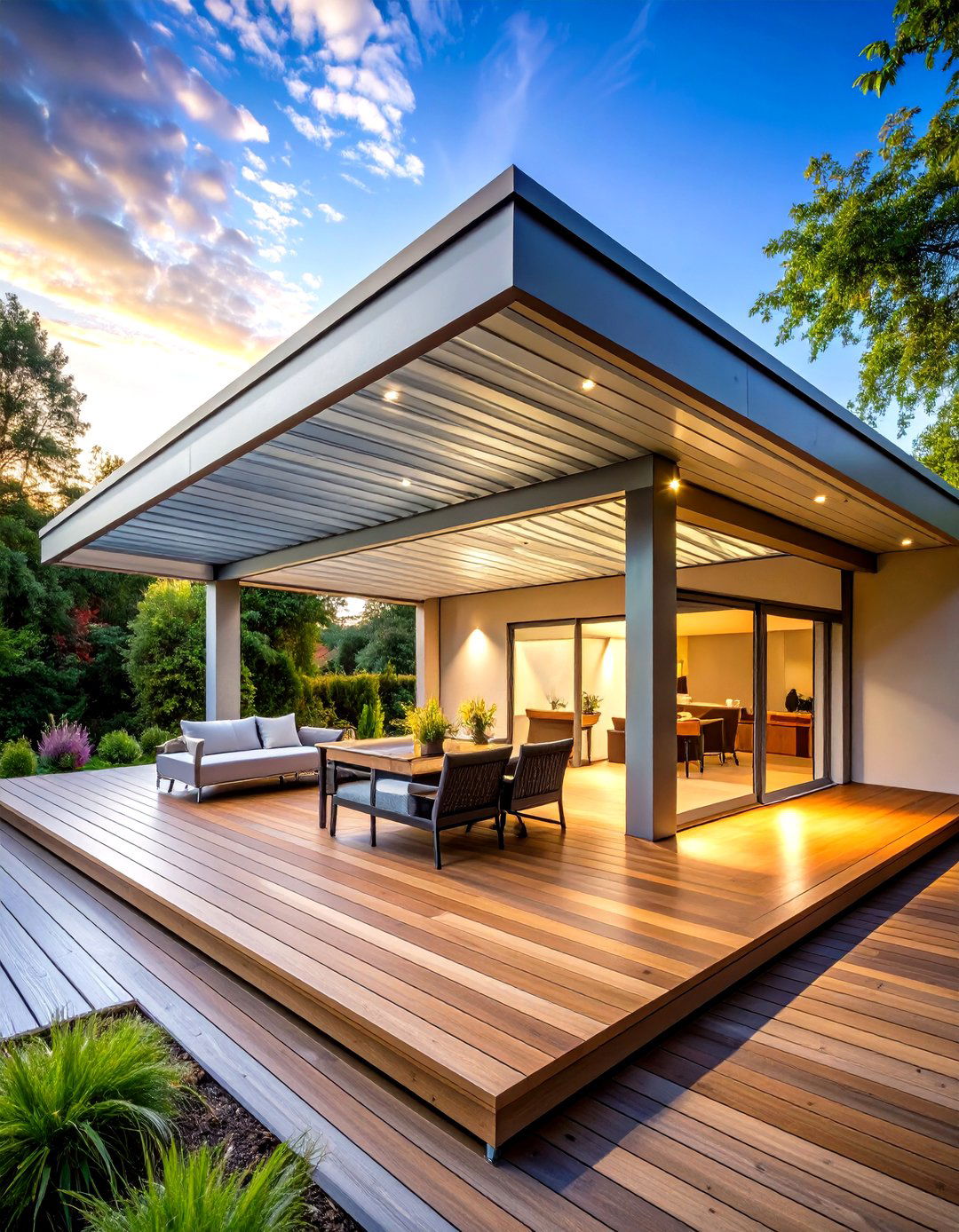
Owing to their foam-core construction, insulated structural panels create a deck roof that stays cool under relentless sun. Each sandwich combines rigid EPS or polyiso between embossed aluminum skins, locking in high R-values that may qualify for energy rebates. The panels span impressive distances without intermediate rafters, so the underside remains sleek and ready for recessed lighting or ceiling fans. Factory-integrated chases simplify wiring, and concealed gutters whisk rain into downpipes. Because fasteners hide in tongue-and-groove joints, the finished ceiling looks custom yet assembles almost as easily as a shed kit—delivering rapid comfort and curb appeal.
11. Curved Polycarbonate Awning Deck Roof
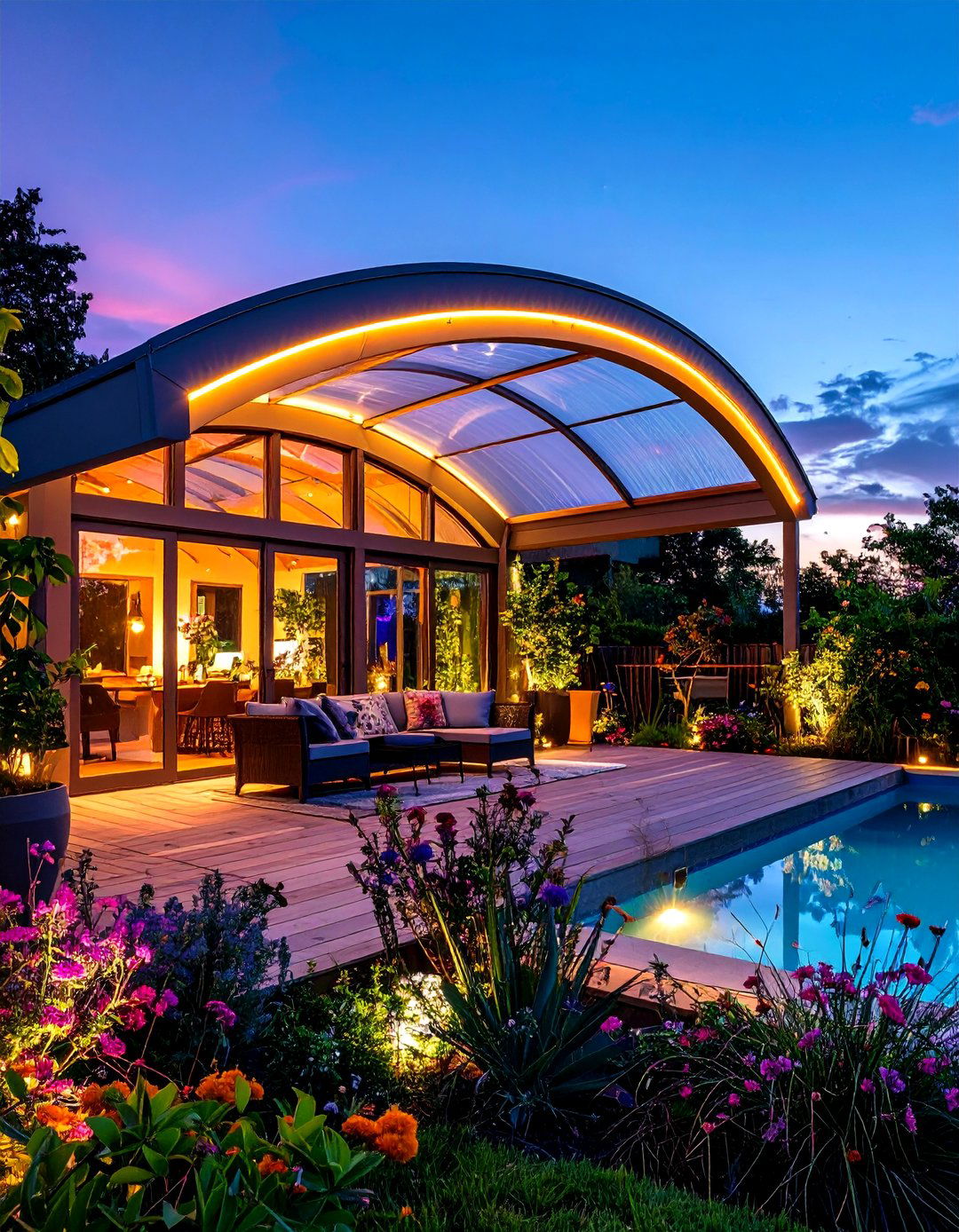
With its gentle arch, a curved polycarbonate awning deck roof turns routine runoff into a design flourish, channeling rainwater to the sides while opening panoramic sky views. The formed sheets require fewer support ribs than flat roofing, letting daylight flood deep into seating areas and highlighting LED ribbons along the curve at night. Clear, bronze, or opal tints allow you to tailor glare control while still blocking harmful UV. Framing kits snap together with concealed gaskets, making weekend installation viable for confident DIYers. Bonus insulation from the arched cavity traps warm air aloft, extending deck season into cooler months.
12. Tropical Bamboo Thatch Deck Roof
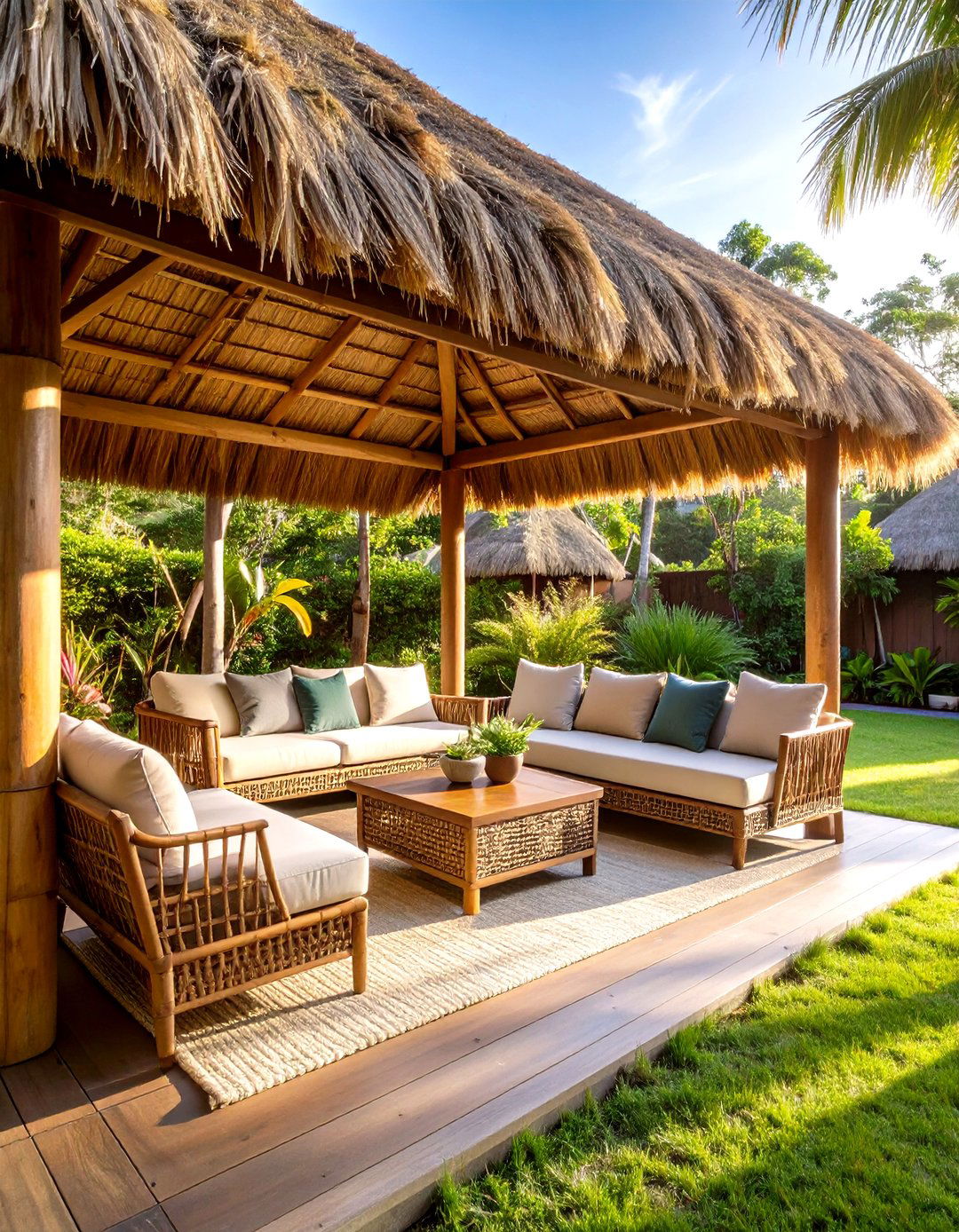
Shortly after stepping beneath a bamboo thatch deck roof, you’re transported to a breezy island retreat. Natural culms lashed to rafters form a lightweight yet surprisingly durable base, topped by layered palm or synthetic thatch that repels showers and filters sunlight into a soft amber glow. Properly treated bamboo resists pests, and fire-retardant sprays satisfy local codes. Because the material breathes, rising heat escapes, keeping the deck as much as 10 °F cooler than comparable solid roofs. Pair with rattan seats and gentle lighting to create an instant stay-cation lounge that friends will rave about.
13. Tensioned Fabric Pavilion Deck Roof
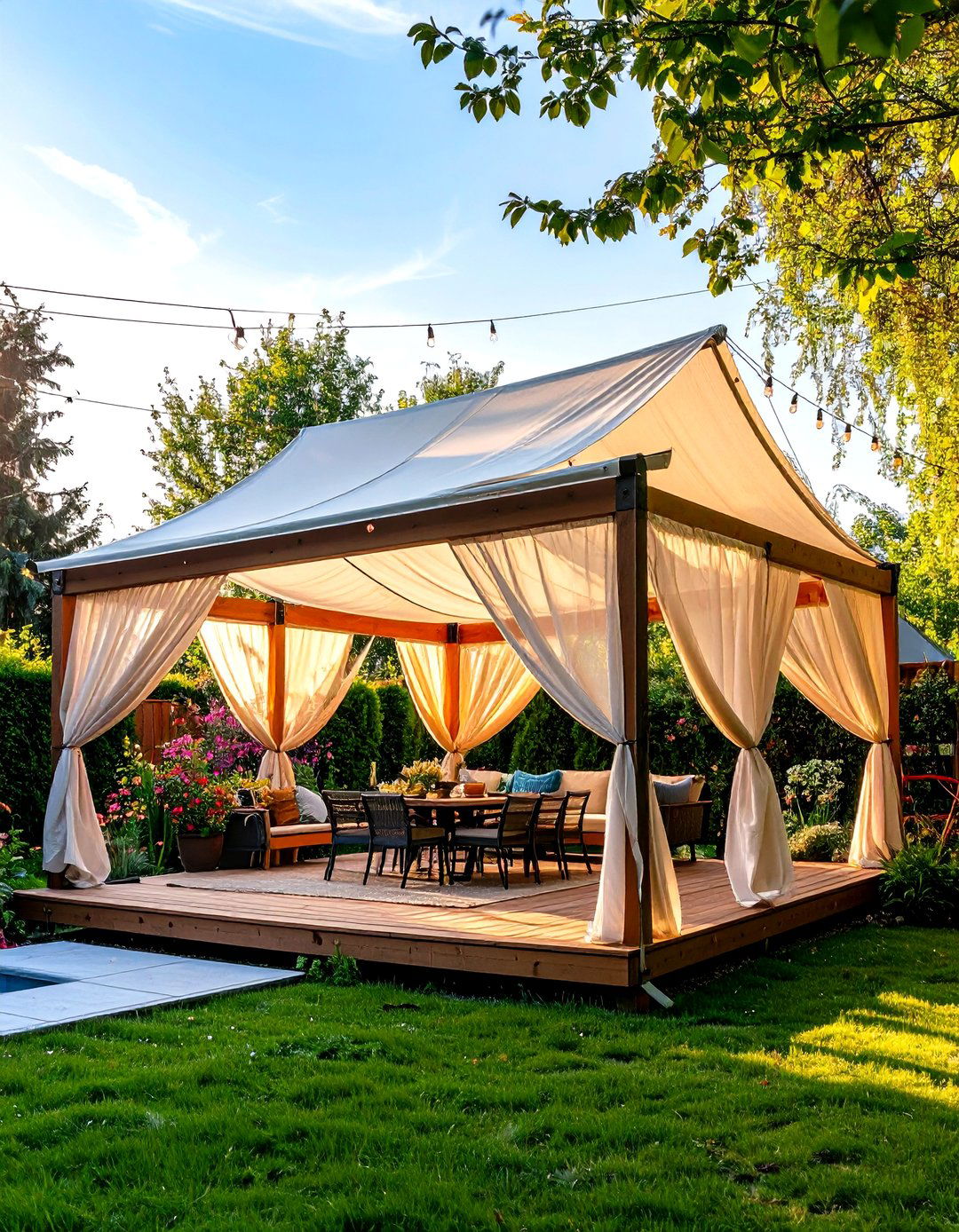
Bringing festival flair to the backyard, a tensioned fabric pavilion deck roof stretches architectural PVC or PTFE membranes across slender steel masts, forming swooping silhouettes that deflect wind and shed rain. The high-strength fabric is translucent yet weather-proof, infusing daylight while blocking UV and repelling mildew. Custom patterning allows dramatic sails, cones, or hyperbolic curves that double as conversation pieces. Pre-engineered panels clamp into edge beams, so installation disrupts the garden for only a few days, yet the deck gains a semi-permanent roof rated for decades. Occasional detergent wash-downs restore that bright, marquee-like crispness.
14. Cantilevered House-Extension Deck Roof
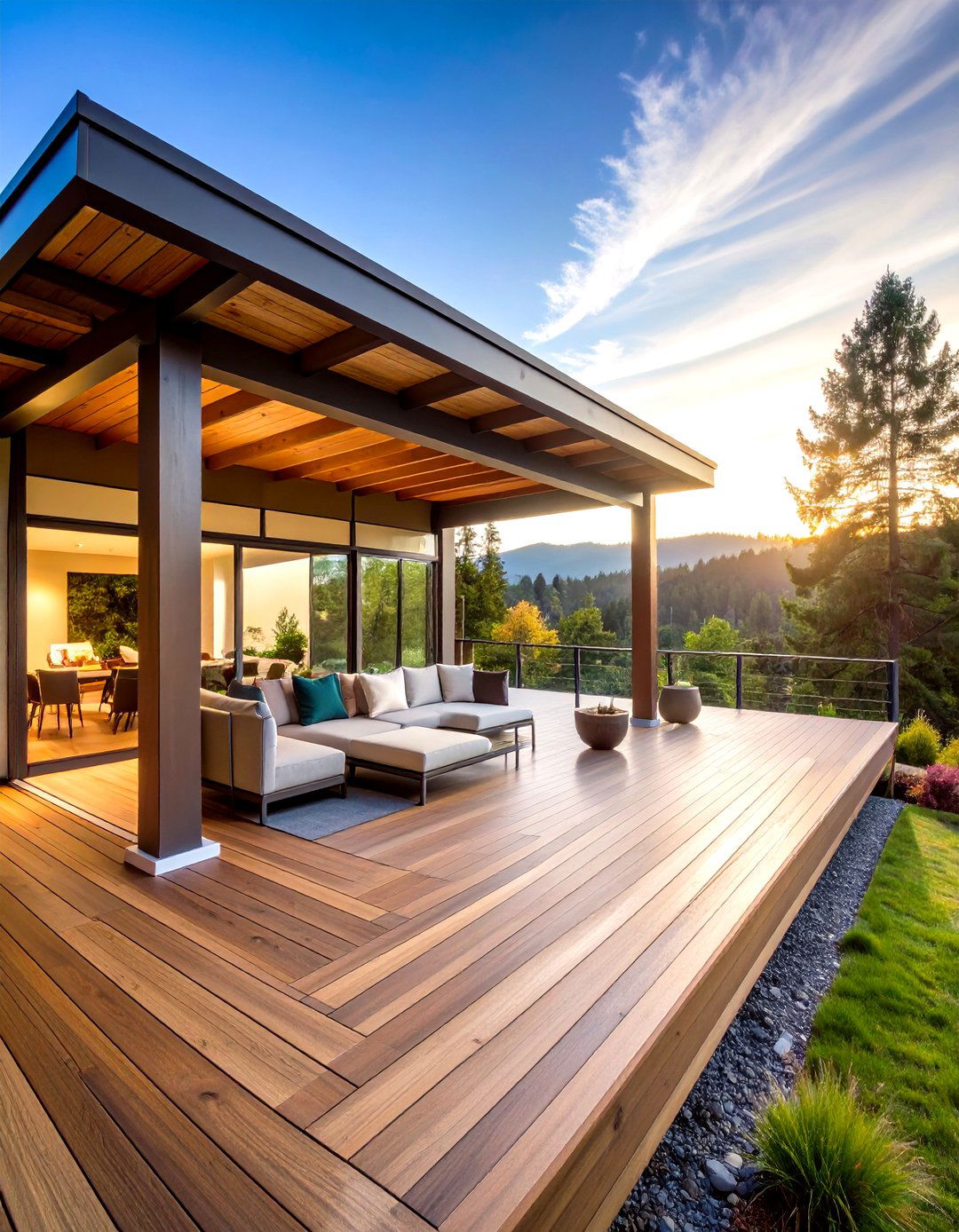
To create seamless indoor-outdoor flow, homeowners often extend the main roof outward as a cantilevered deck roof that appears to float above support-free edges. Structural steel or engineered-wood beams hide within the ceiling plane, projecting far enough to shade patio doors while keeping posts off traffic areas. Matching roofing materials blur the visual boundary, and once soffit speakers or recessed lights join the mix, the deck feels like another room rather than an add-on. A continuous waterproof membrane and slight slope guarantee leak-free performance, while concealed scuppers quietly channel runoff away.
15. Futuristic ETFE Cushion Deck Roof

By inflating ultra-clear ETFE film into pillows held between aluminum extrusions, designers craft a lightweight deck roof that looks like floating glass bubbles yet weighs less than one percent as much. Triple-layer cushions insulate surprisingly well, and an automated blower maintains steady pressure so the surface shrugs off hail without rigid supports. ETFE transmits more light than glass but can be printed with dots to scatter intense rays, achieving balanced illumination below. Maintenance is minimal—rain usually washes away dust—and the film is fully recyclable at end of life, making this high-tech canopy as green as it is eye-catching.
16. Sensor-Controlled Retractable Awning Deck Roof

Those juggling bright mornings and sudden showers love a sensor-controlled retractable-awning deck roof. Wind detectors automatically close the cassette-mounted fabric when gusts threaten, while sun sensors extend it to block midday glare, keeping deck temperatures comfortable with no manual effort. Solution-dyed acrylic resists fading, and integrated LED ribs transition the space from lunch spot to evening lounge at a tap. Because the awning rolls into a slim housing, starry skies remain unobstructed on clear nights. Annual upkeep involves little more than rinsing the canvas and checking belt tension—proof that smart shade can be virtually hands-off.
17. Skylight-Enhanced Deck Roof for Natural Light
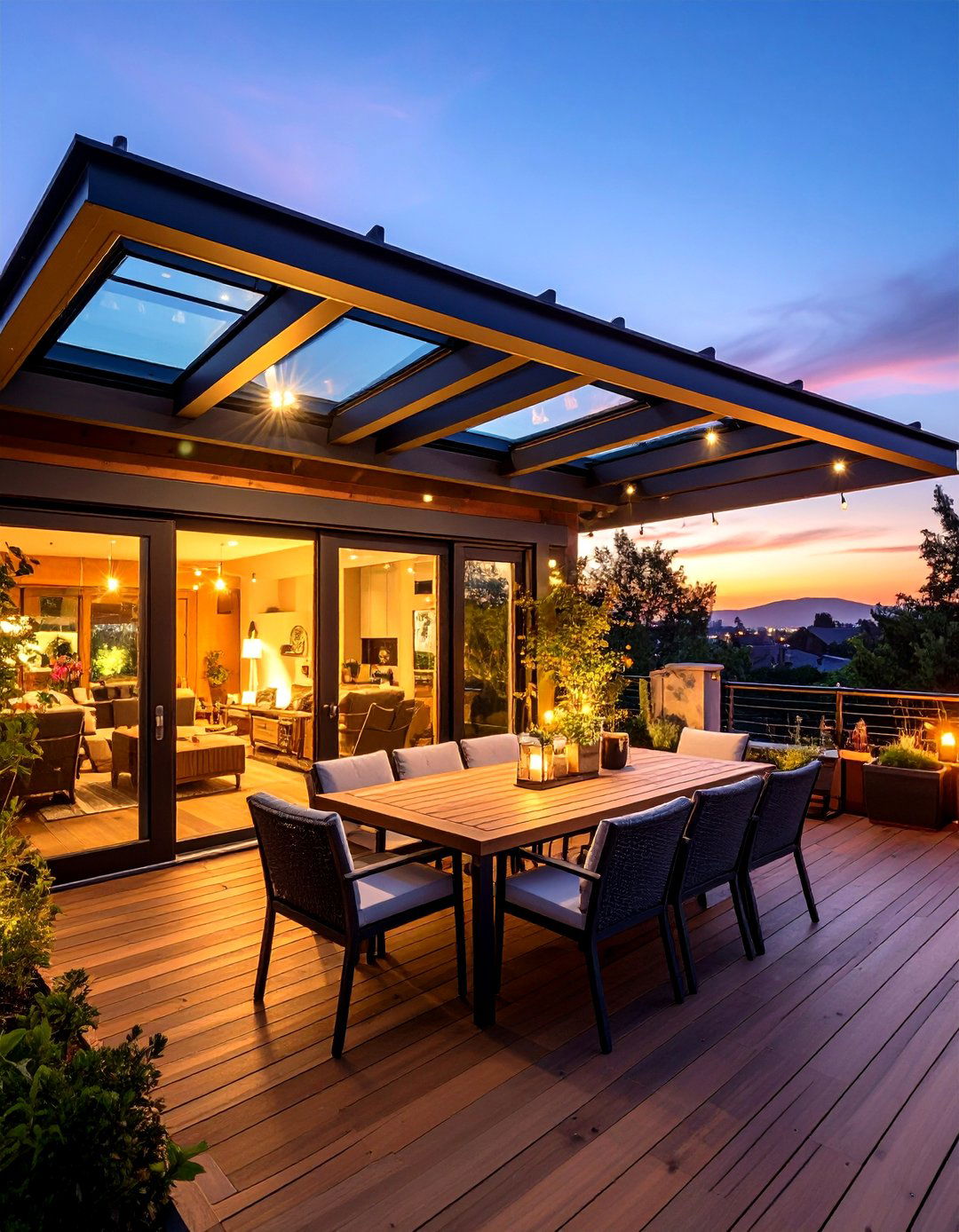
Despite solid roofing, you can still flood the space with daylight by framing insulated skylights into the deck roof. Factory-flashed units install snugly between rafters, preserving a watertight seal while capturing high-angled sun that slips beneath eaves. Operable models vent rising heat to keep lunches comfortable, and insect screens snap out for easy washing. Glazing options range from tempered clear to bronze low-E, allowing precise glare and UV control. By night, skylights double as celestial windows, enabling stargazing without leaving cushioned seats. Remember to add roller blinds if you livestream movies outdoors to prevent distracting reflections.
18. Climbing-Vine Hybrid Pergola Deck Roof
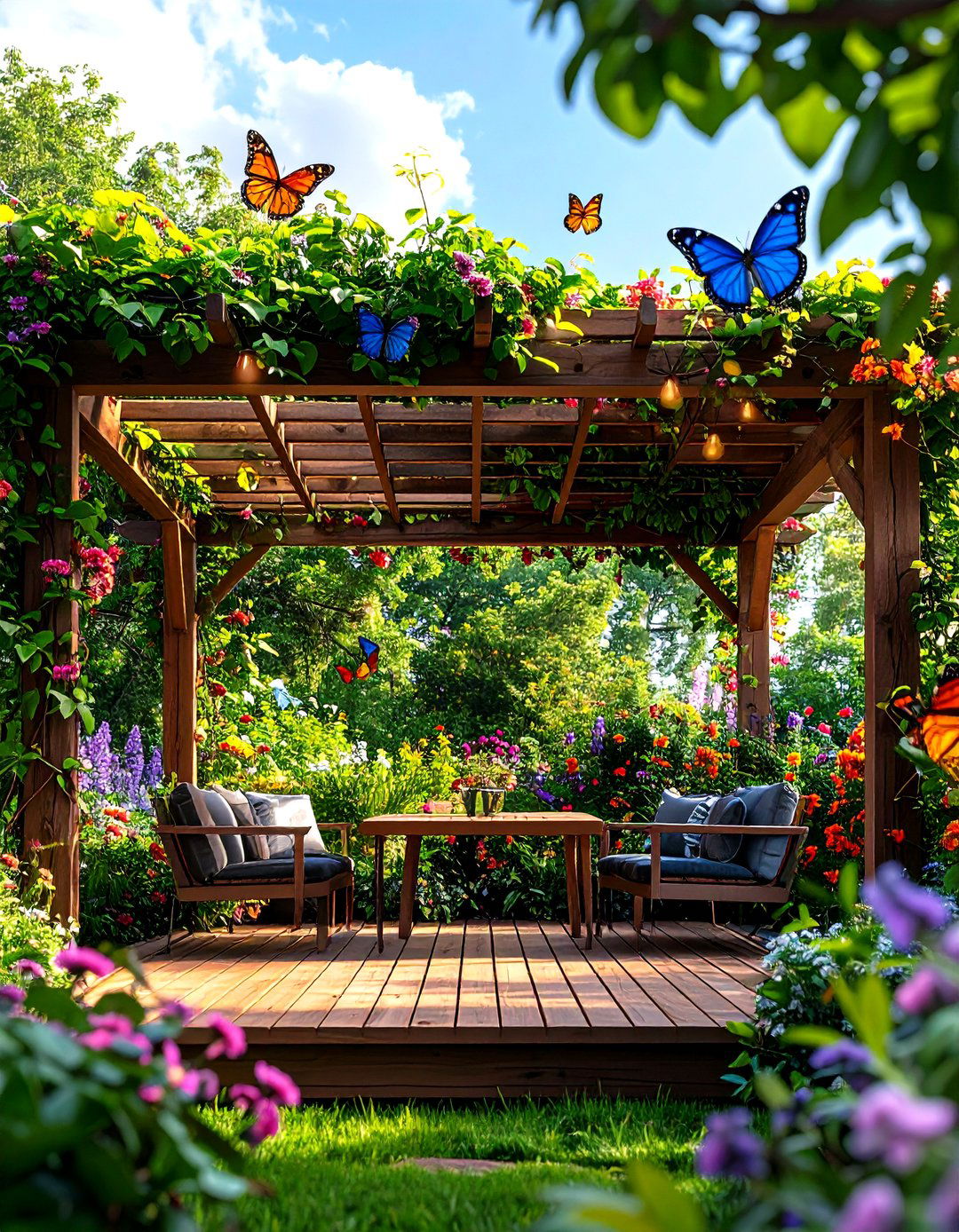
Another enchanting idea marries a sturdy pergola frame with fast-growing vines like wisteria or passionflower, weaving living shade through timber slats. As greenery thickens, leaf transpiration cools the microclimate and draws butterflies close. Adjustable infill boards can close gaps for monsoon seasons, while autumn pruning keeps the canopy manageable. A drip-irrigation line atop the rafters simplifies watering and prevents mildew on deck furniture. The result is a dynamic deck roof that evolves across seasons, offering spring blossoms, dense summer shade, and fiery fall foliage—turning everyday lounging into a constantly shifting nature show.
19. Reclaimed Timber Slat Deck Roof for Eco Style
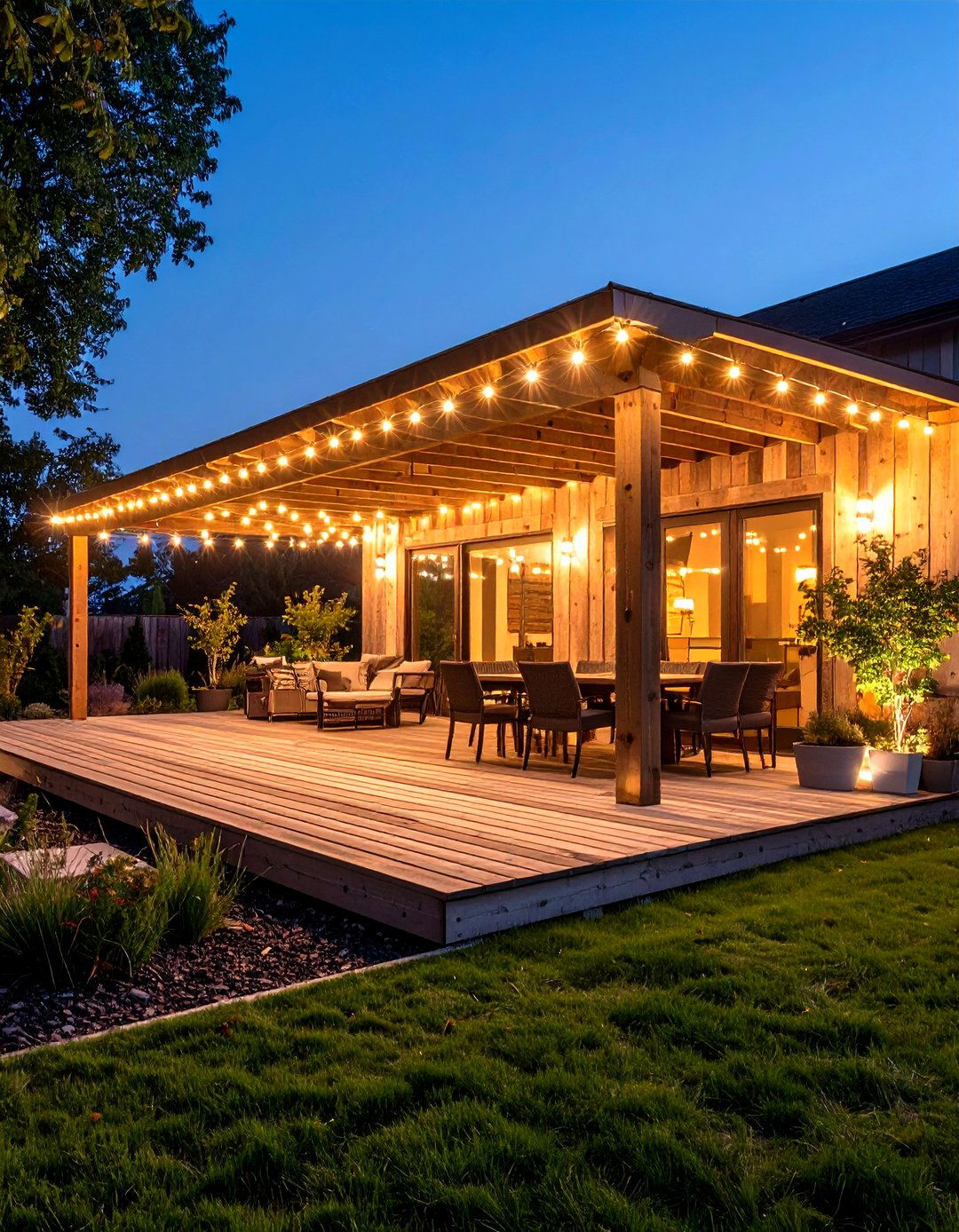
Certainly, sustainability-minded owners gravitate toward a reclaimed-timber slat deck roof that tells its story in every weathered board. Spacing planks a few inches apart filters sun like Venetian blinds, reducing glare while inviting breezes to circulate. Old barn siding or wine-vat staves—planed smooth and sealed clear—gain second life without new deforestation. For wetter climates, topping the slats with clear corrugated polycarbonate preserves the rustic vibe while guaranteeing waterproofing. LED rope lights tucked between boards highlight texture at night, transforming environmental stewardship into a warm design statement guests will notice the moment they step outside.
20. DIY Modular Shade-Sail Grid Deck Roof
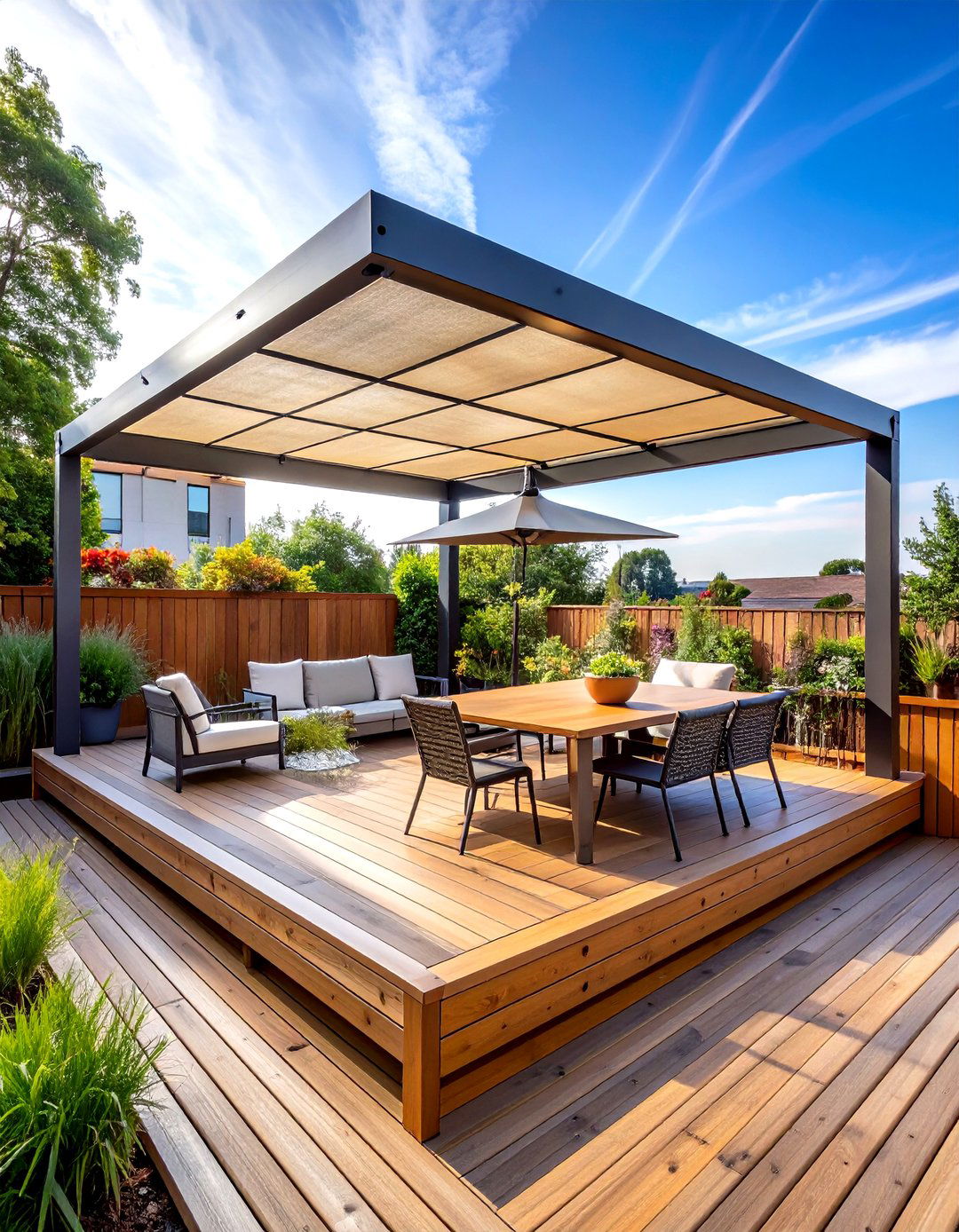
To wrap things up, a DIY modular shade-sail grid deck roof empowers handy homeowners to tailor coverage exactly where it’s needed. By bolting a simple wood or aluminum lattice above the railing line, you create multiple anchor points for square micro-sails that can be repositioned as the sun moves. The lightweight panels fold for washing, replacement, or color swaps, letting you shift from neutral work-from-deck ambiance to vibrant party tones in minutes. Stainless snap hooks make seasonal removal effortless, and spare sails store compactly in a tote—allowing you to expand shade gradually without a major upfront cost.
Conclusion:
Thoughtfully selecting a deck roof does far more than block the sun—each option shapes airflow, energy use, and the atmosphere you share with friends and family. From smart louvered blades to lush living canopies, these ideas prove that overhead design can balance comfort, sustainability, and signature style without sacrificing the open-air joy that makes outdoor rooms special. Whether you opt for high-tech ETFE cushions or repurposed barnwood slats, the right cover coaxes you outside more often and protects your decking investment, ensuring every square foot pays dividends season after season.


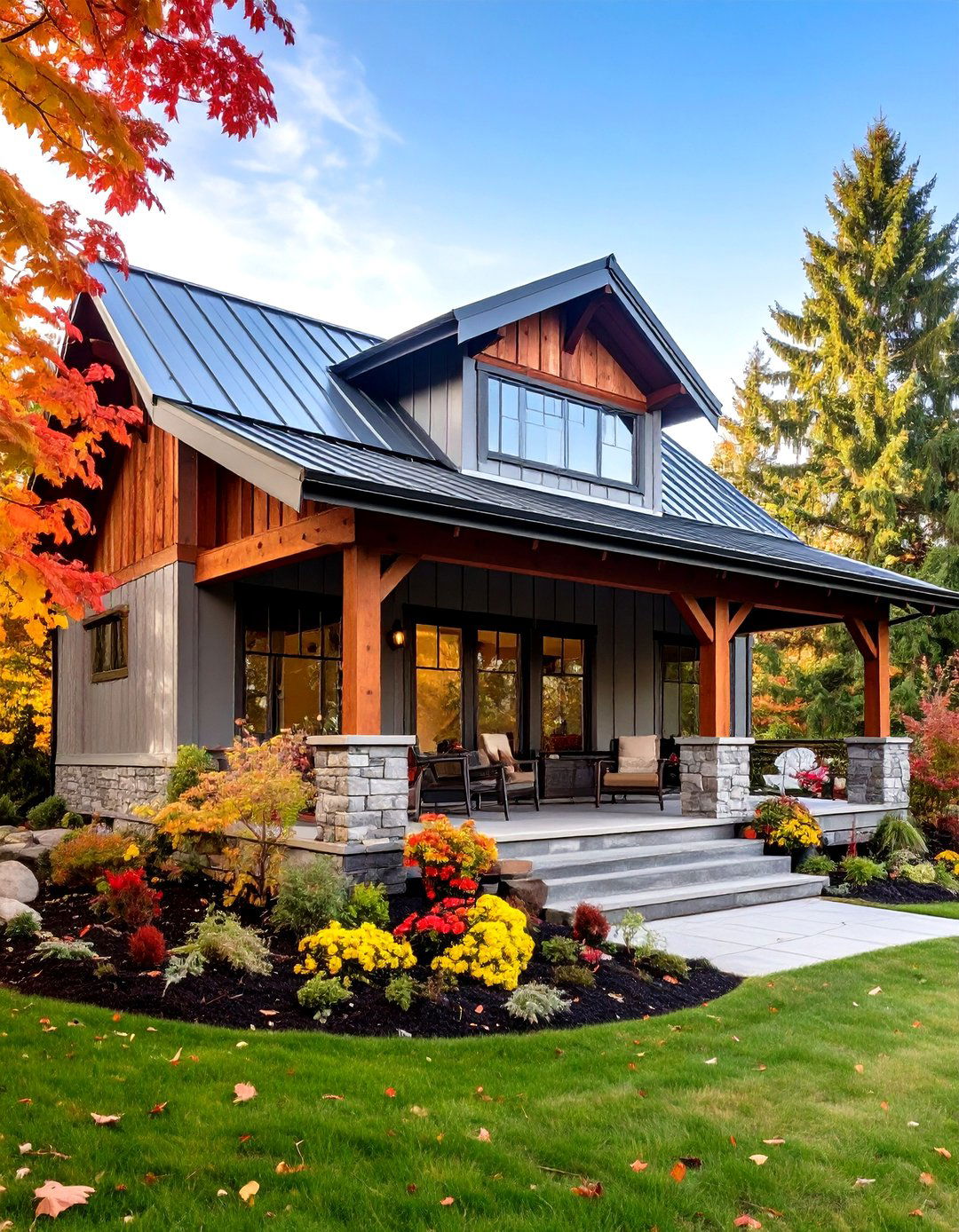
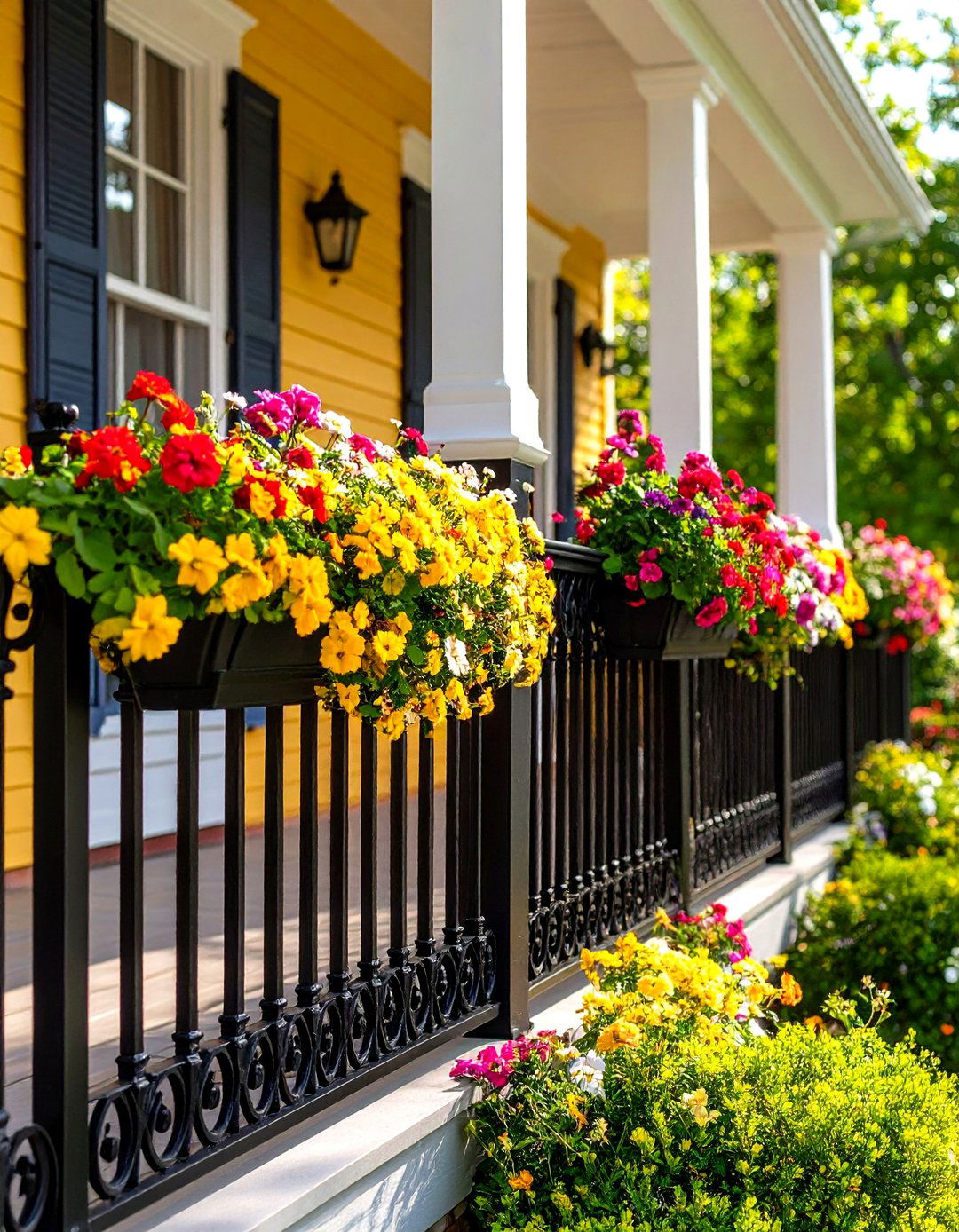
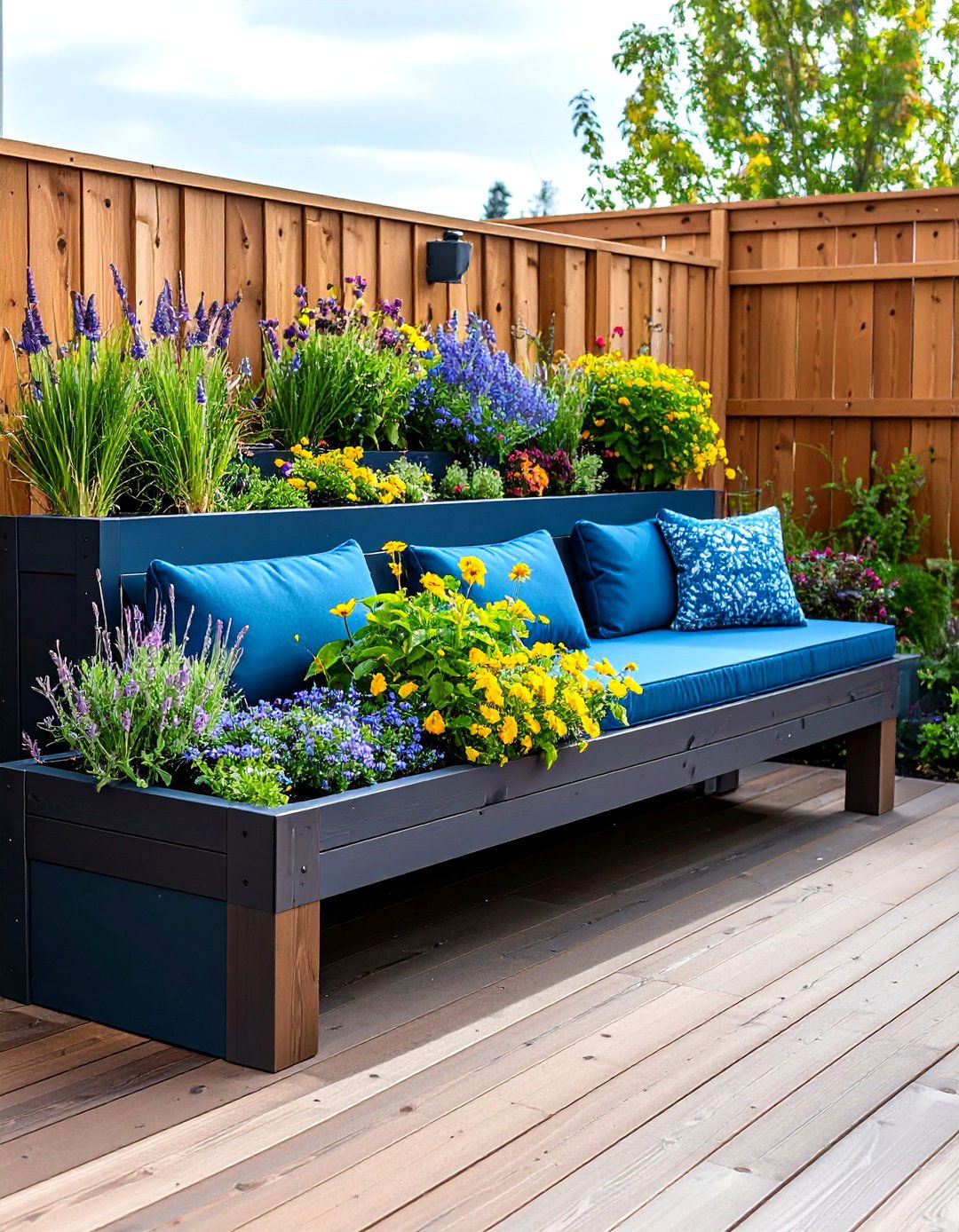
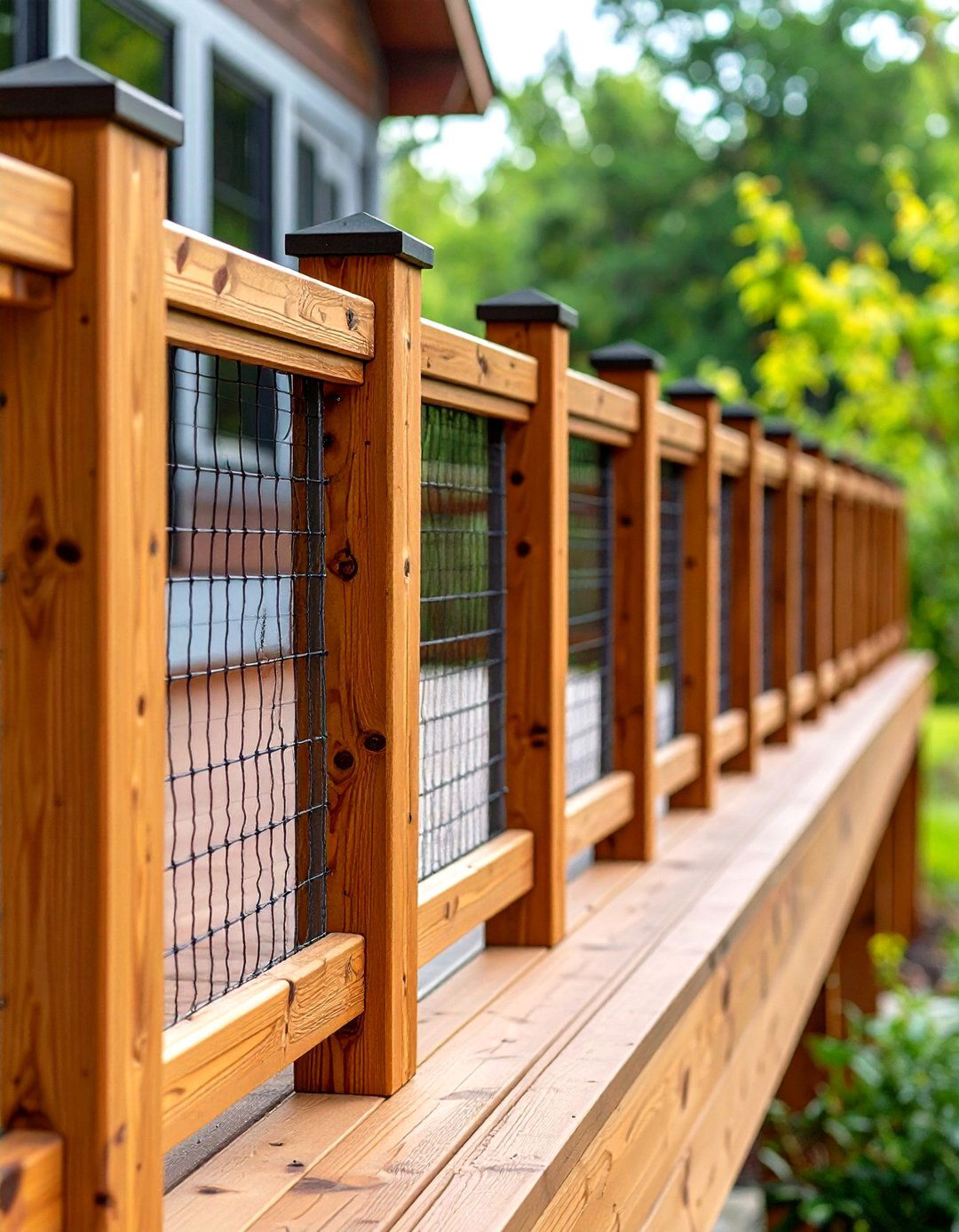
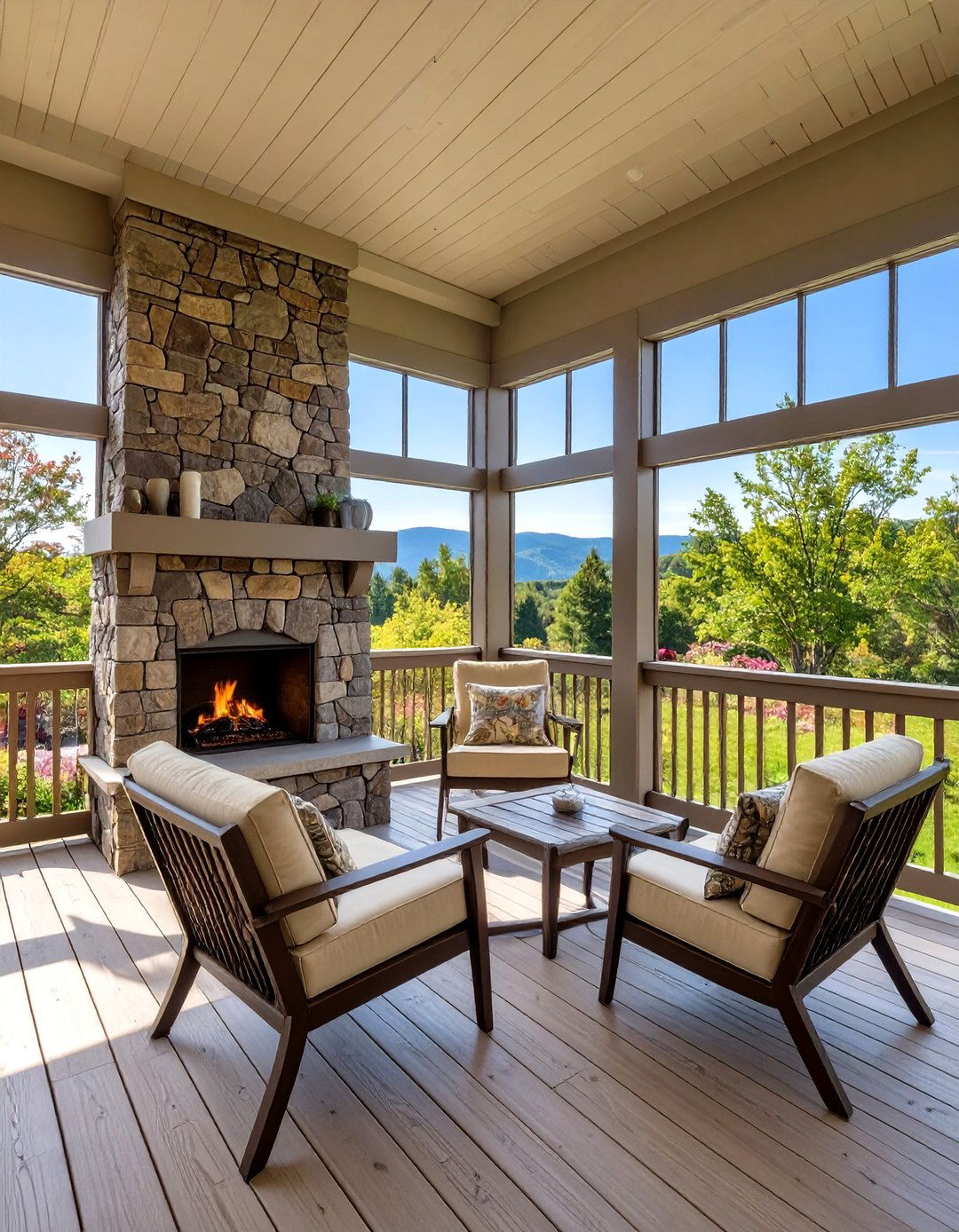
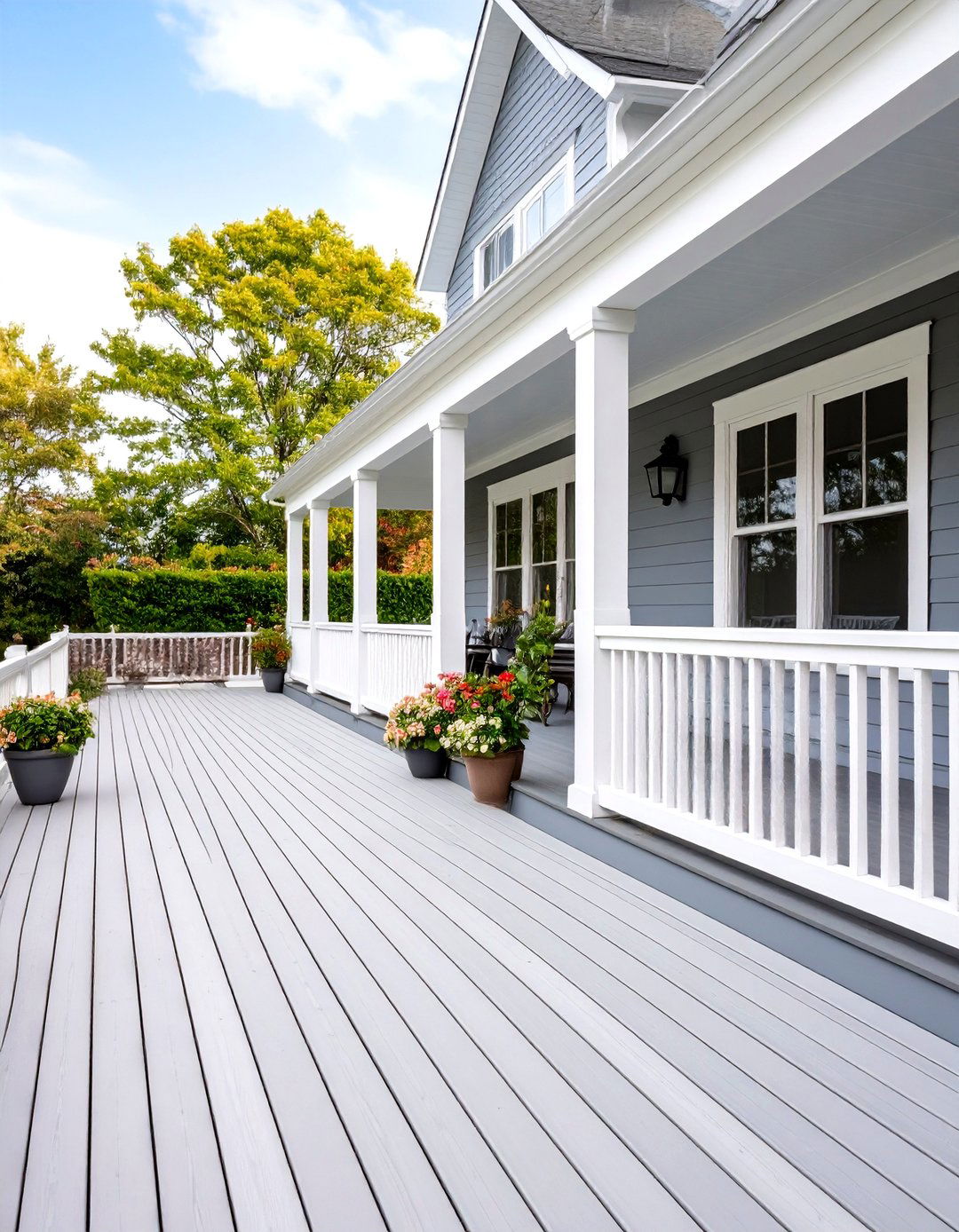
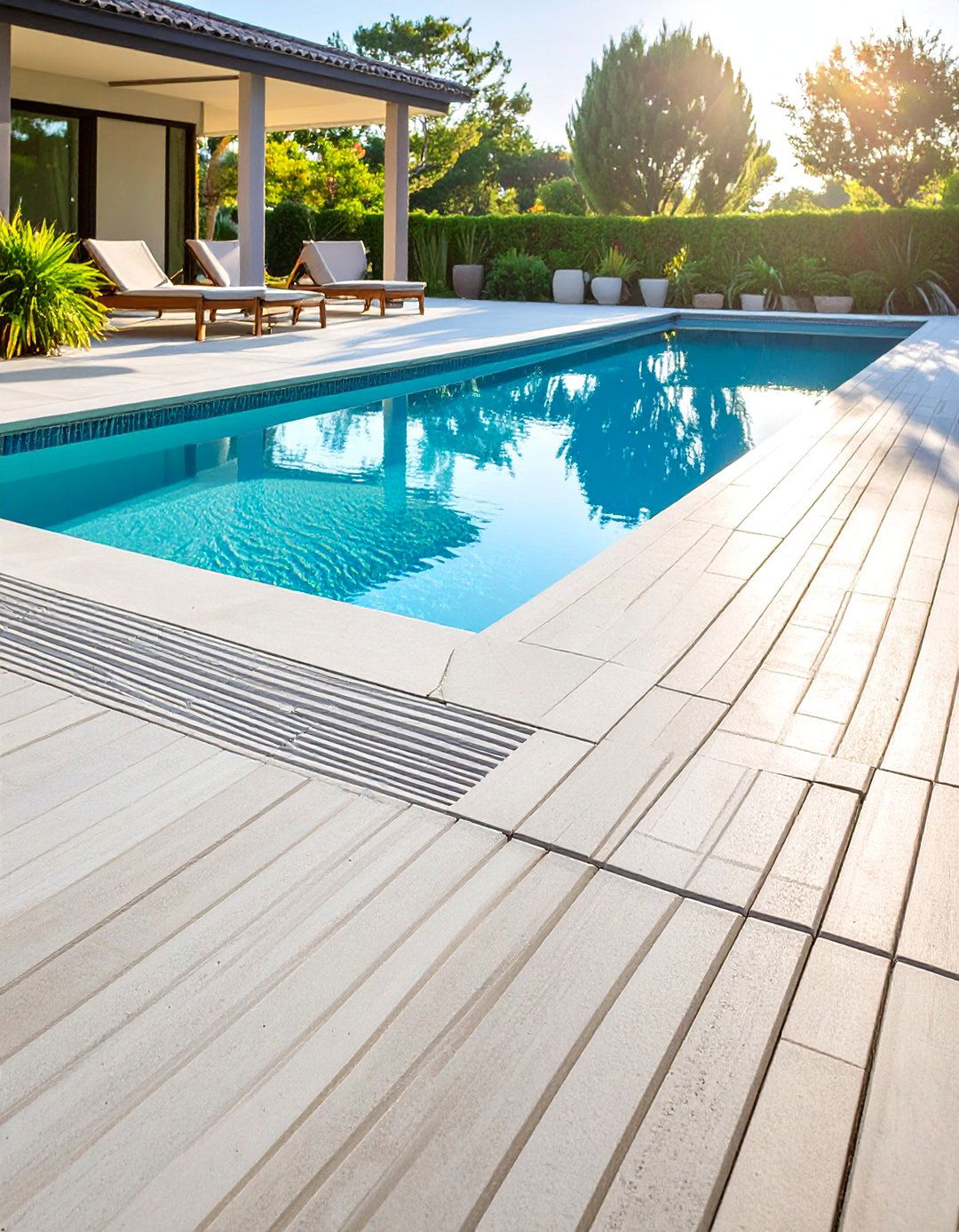
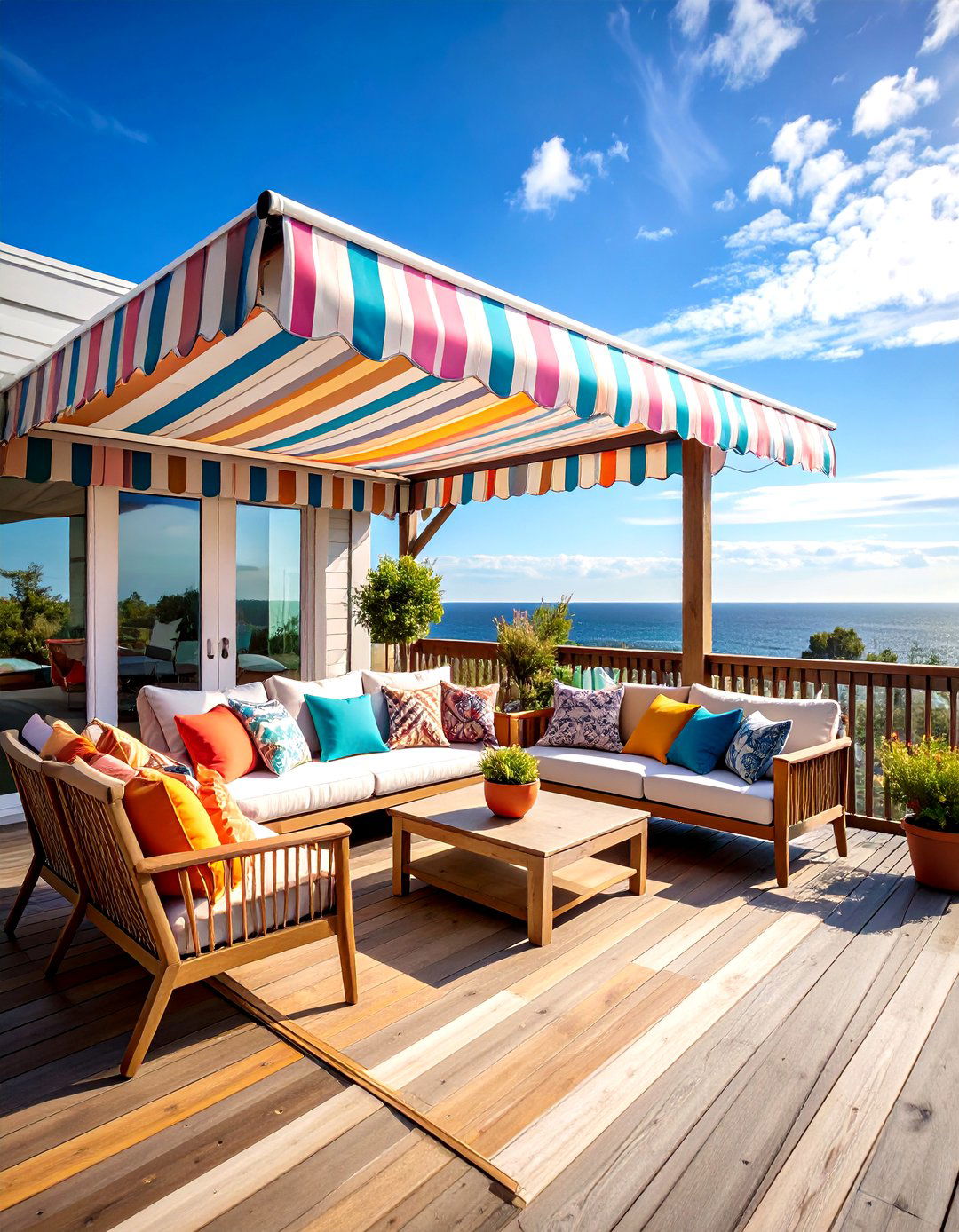
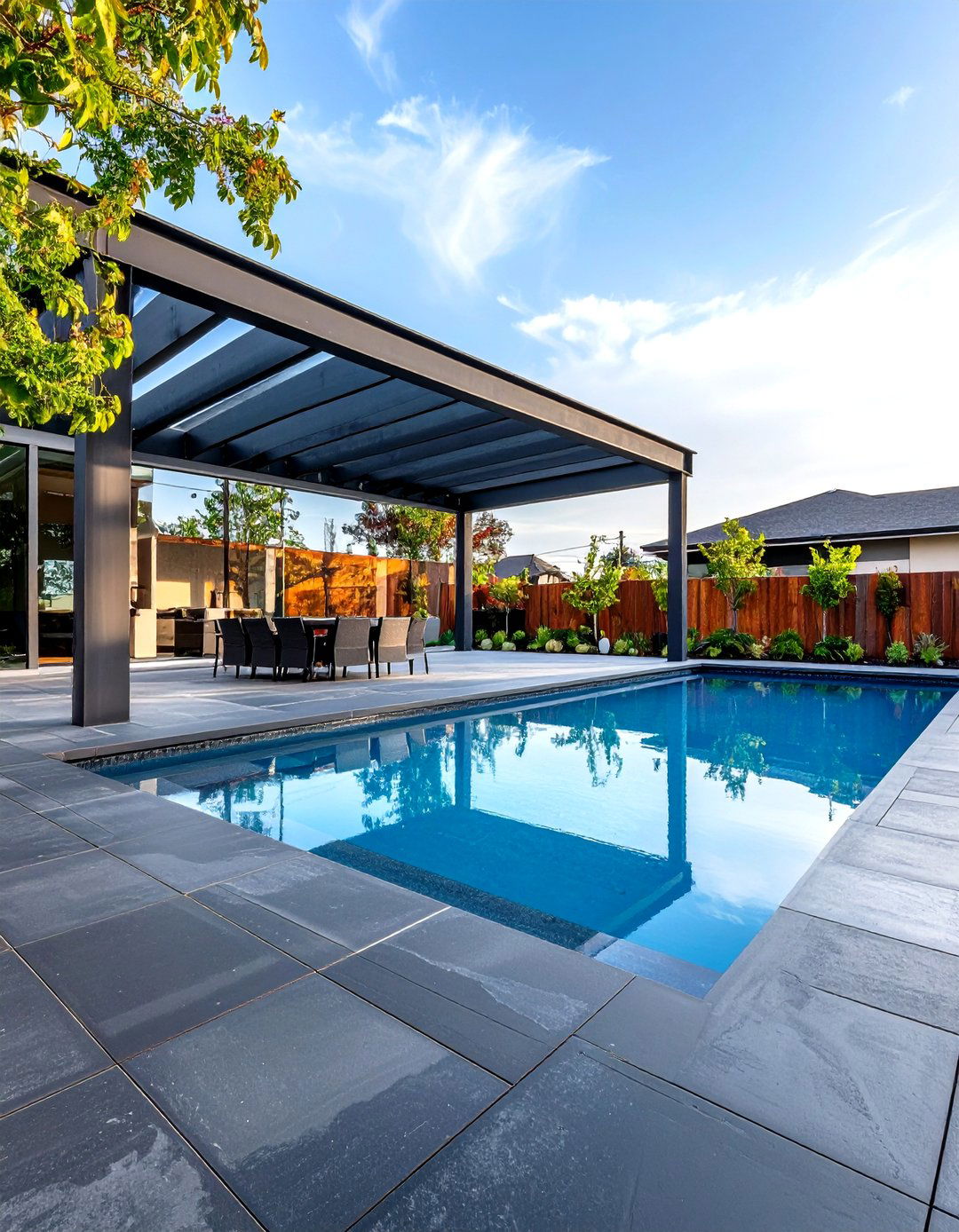

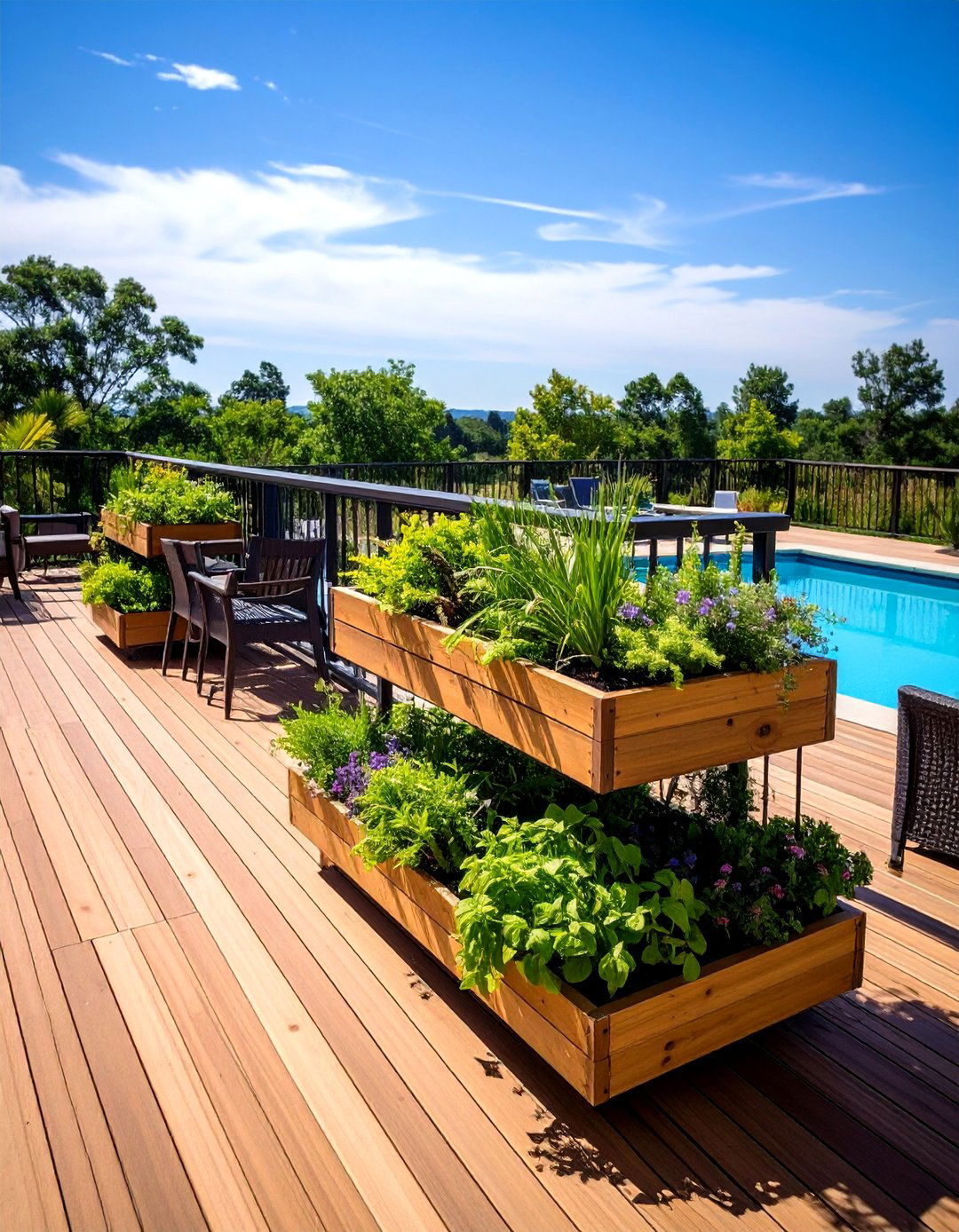
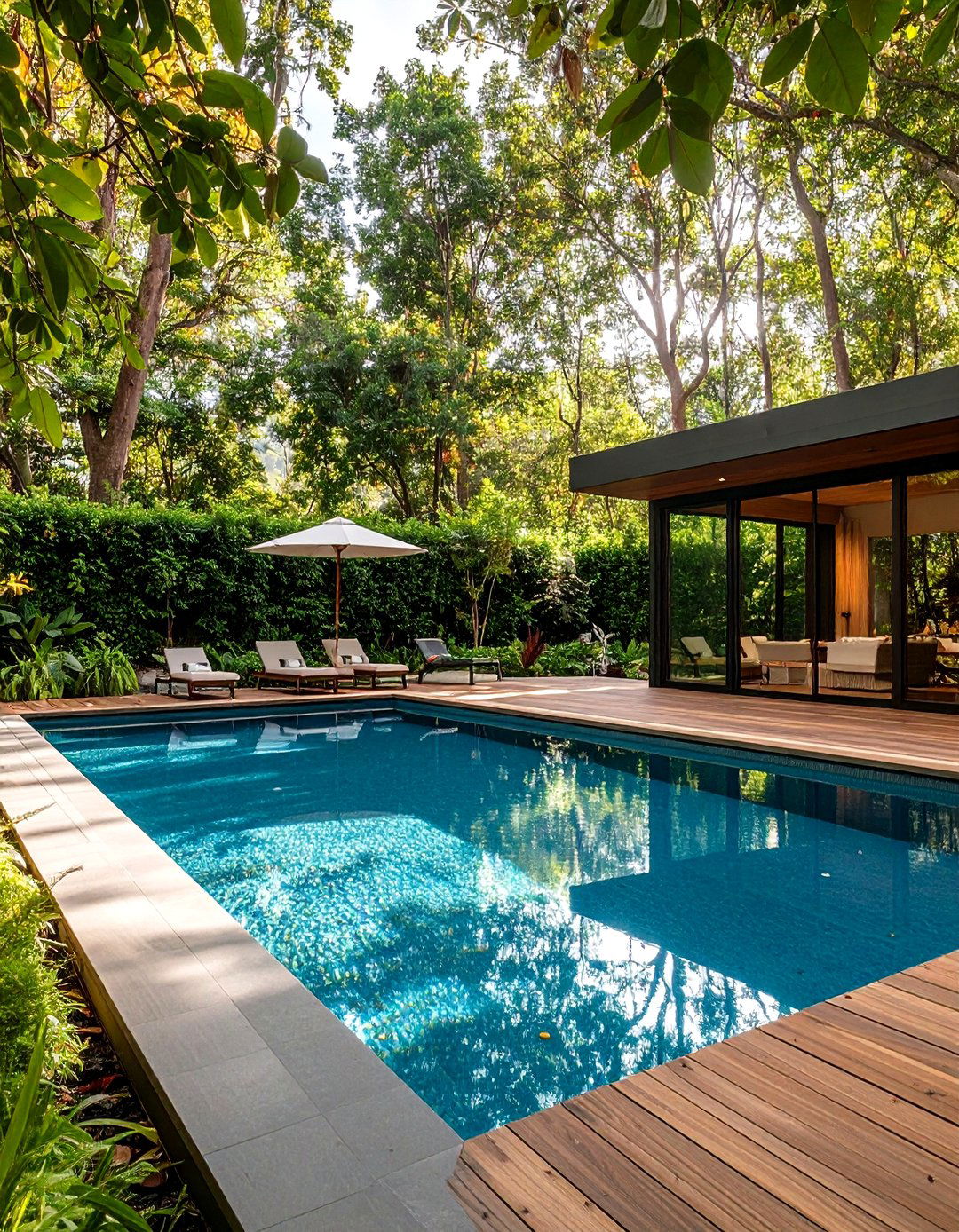
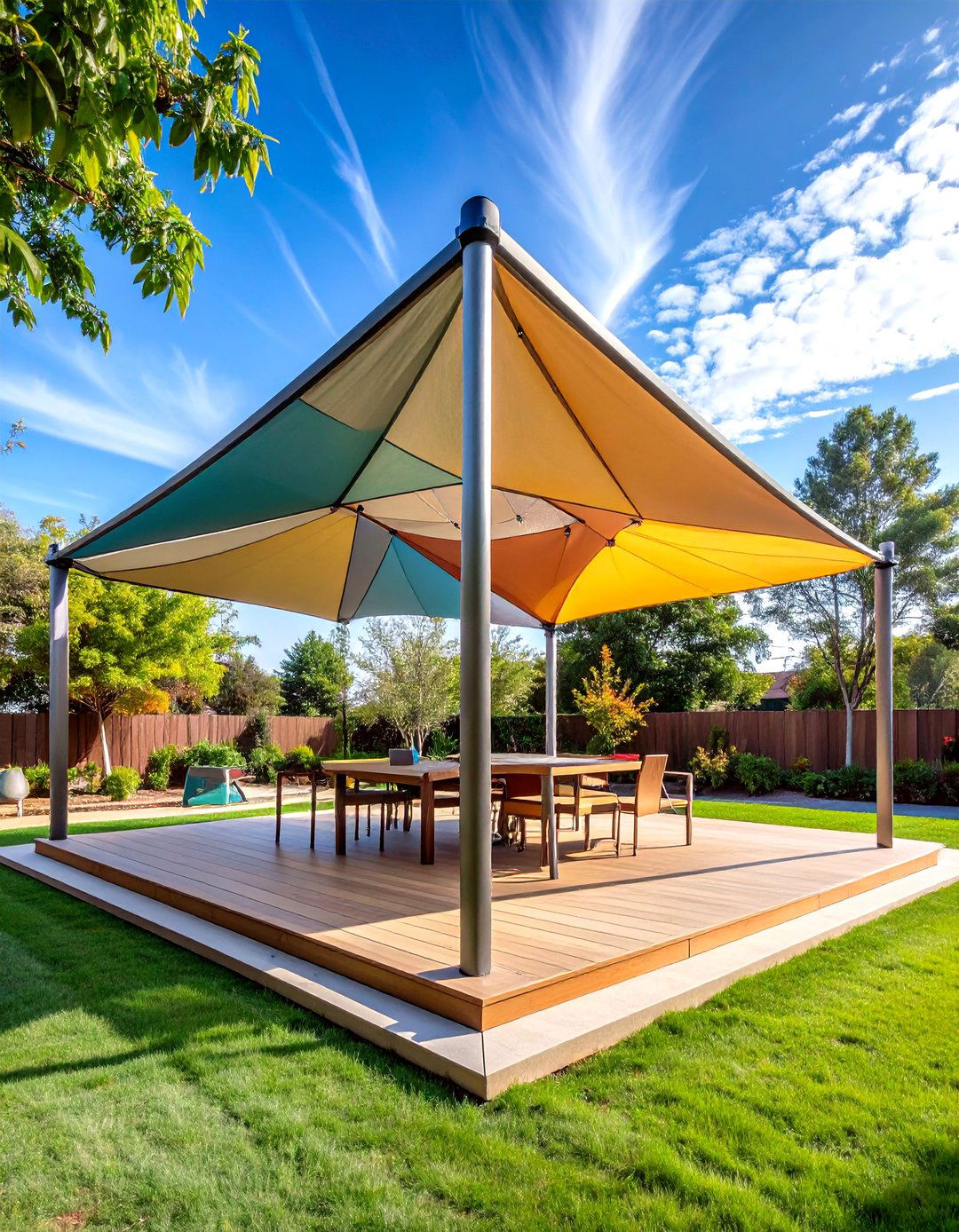
Leave a Reply